The complete history of Blizzard games on PC
We look back at the impact of every Blizzard game and share inside stories from veteran developers.
Page 1: The Lost Vikings - Warcraft 2 (1992 - 1995)
Page 2: Diablo - Warcraft 3 (1996 - 2002)
Page 3: World of Warcraft - Overwatch (2004 - 2016)
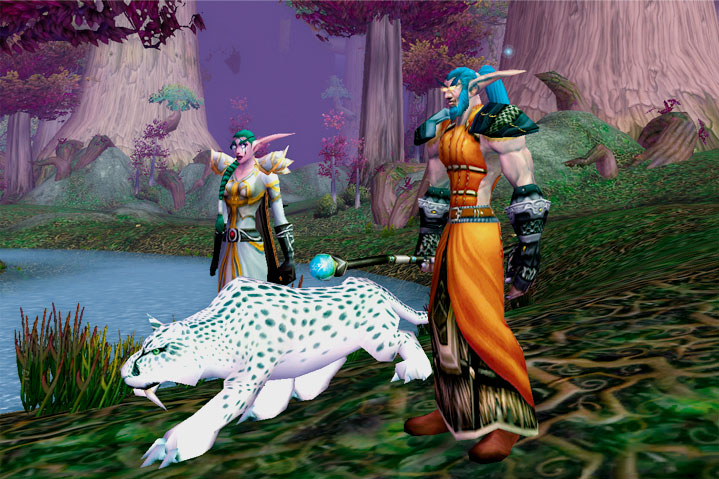
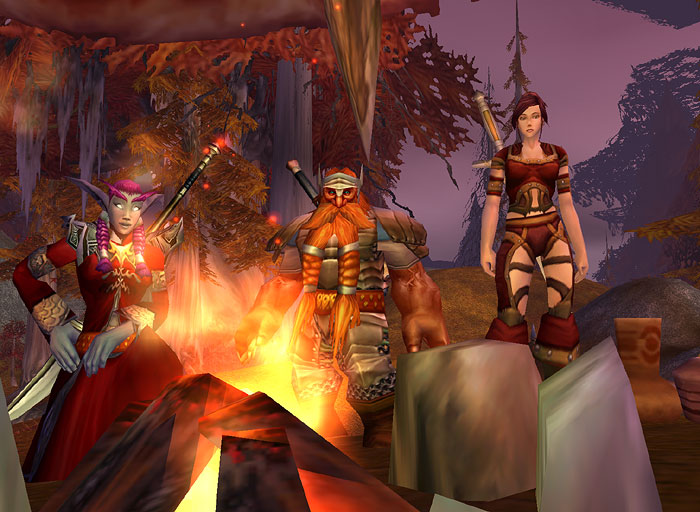
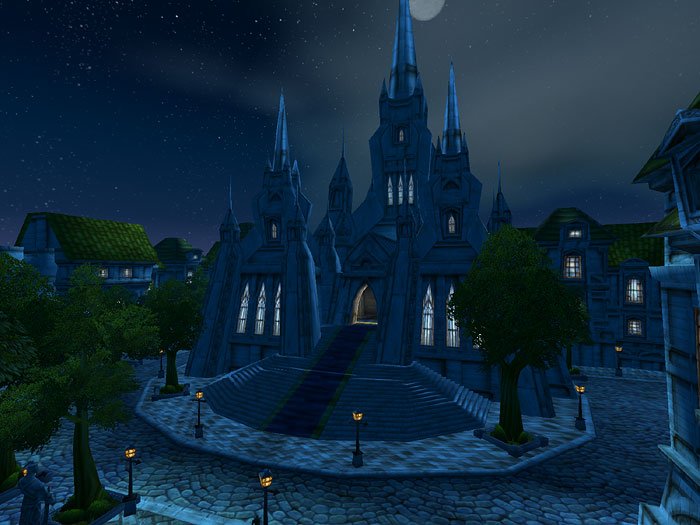
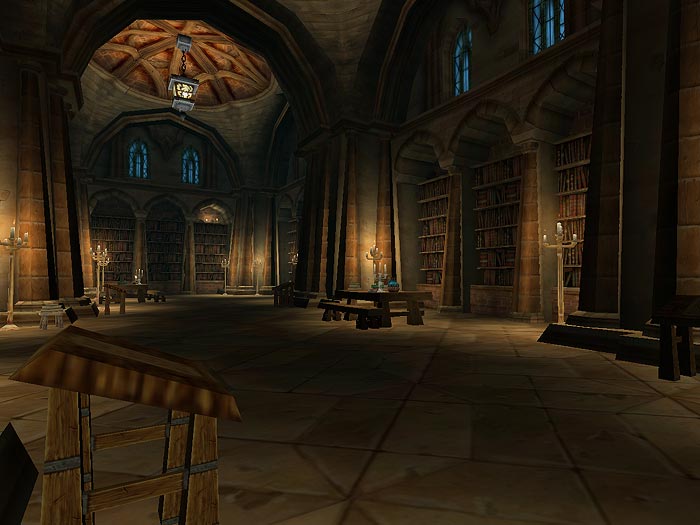
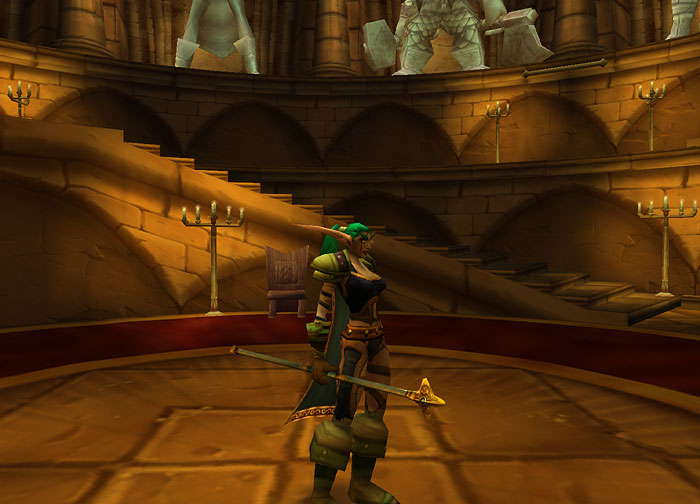
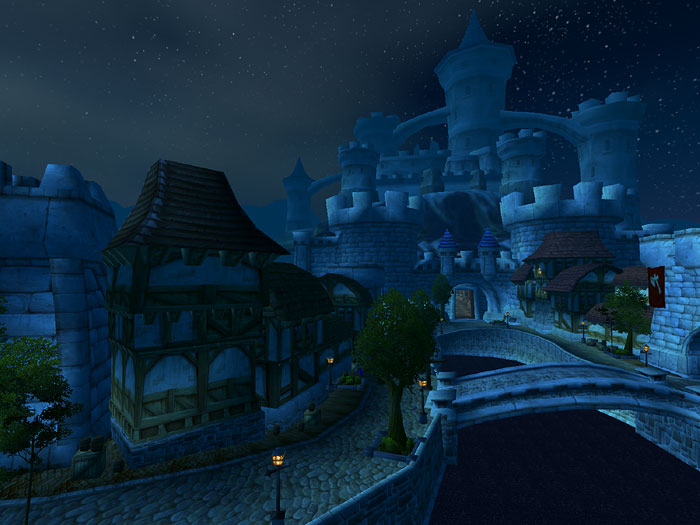
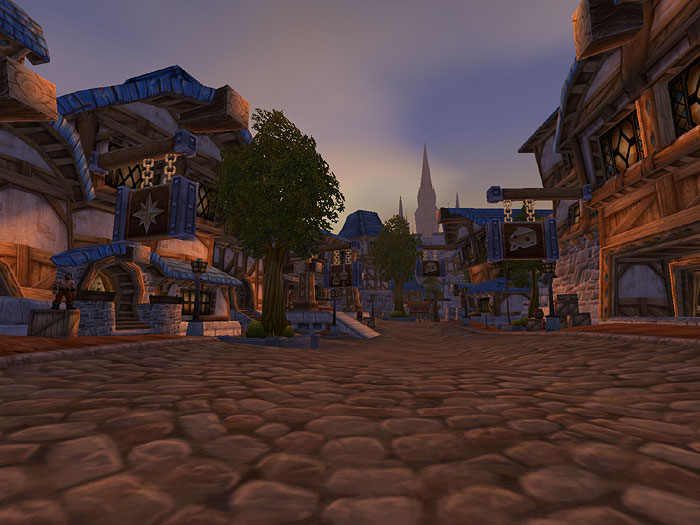
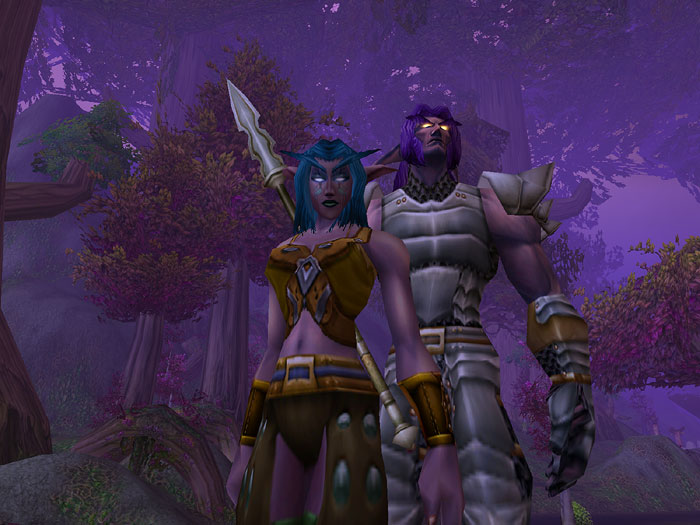
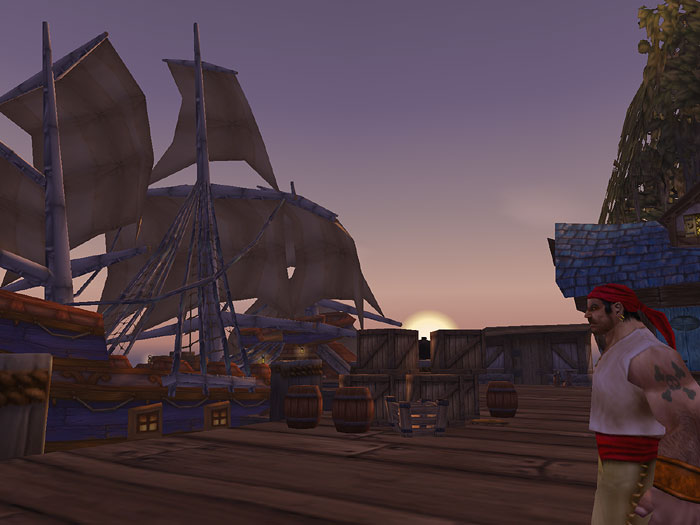
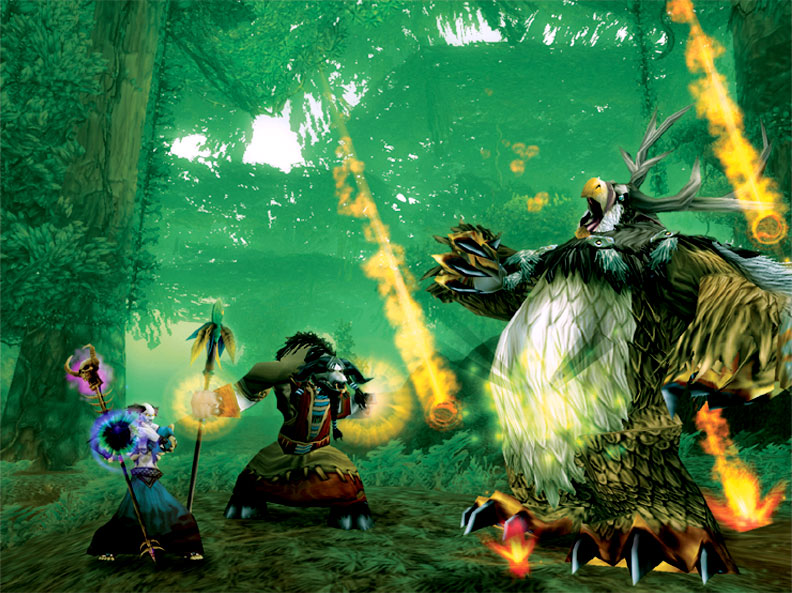
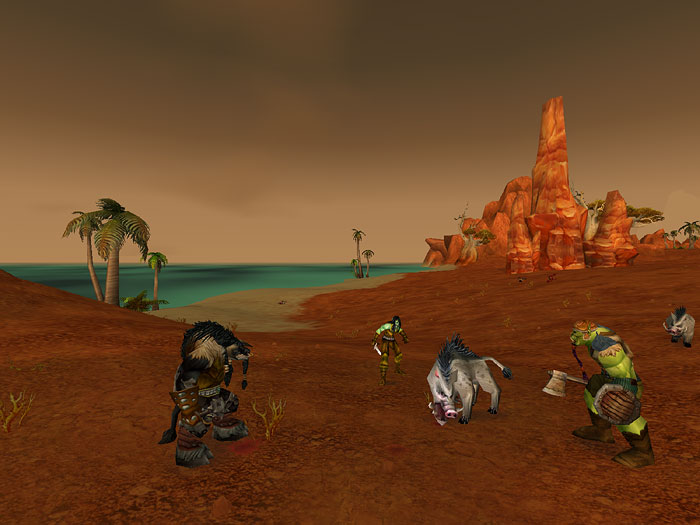
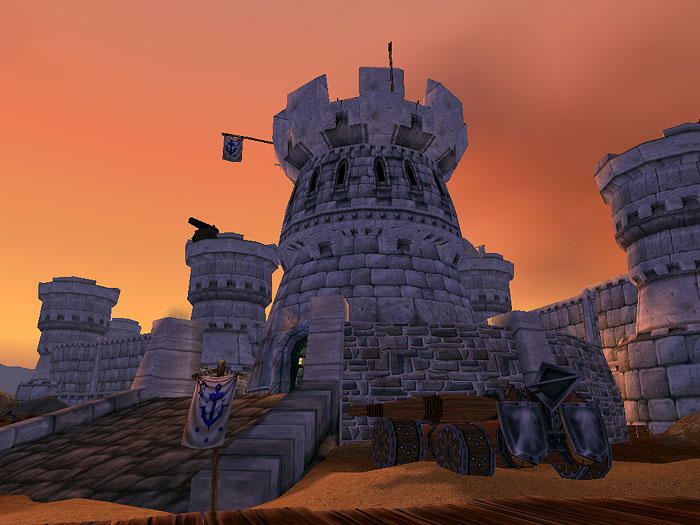

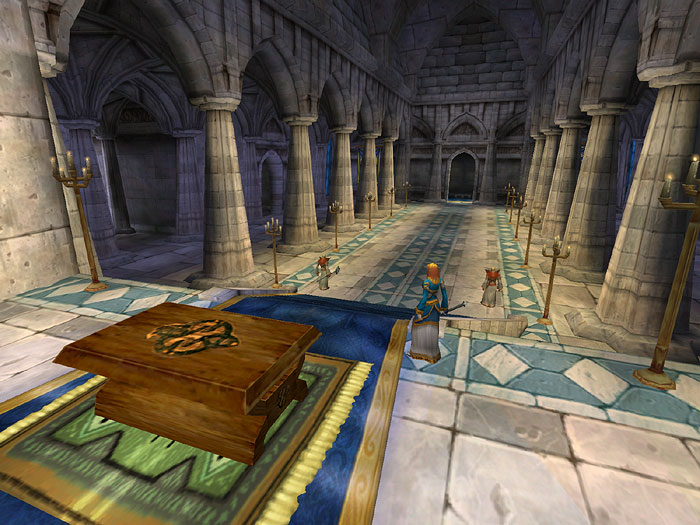
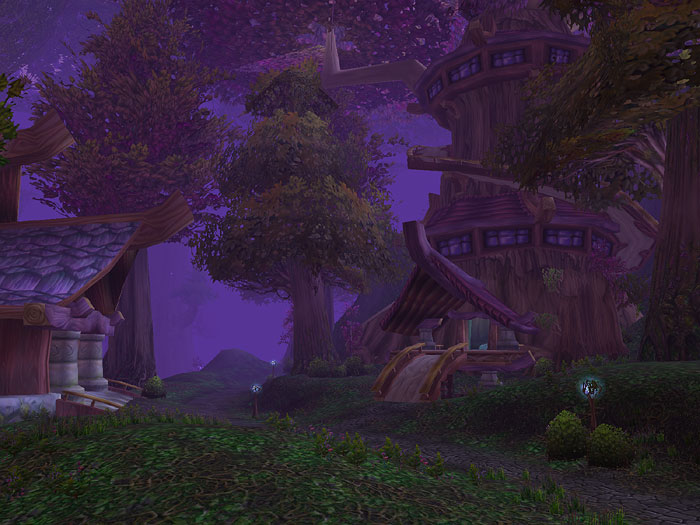
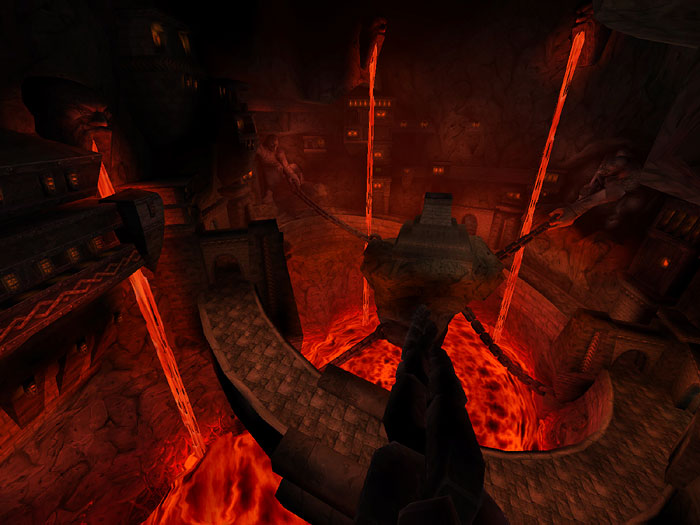
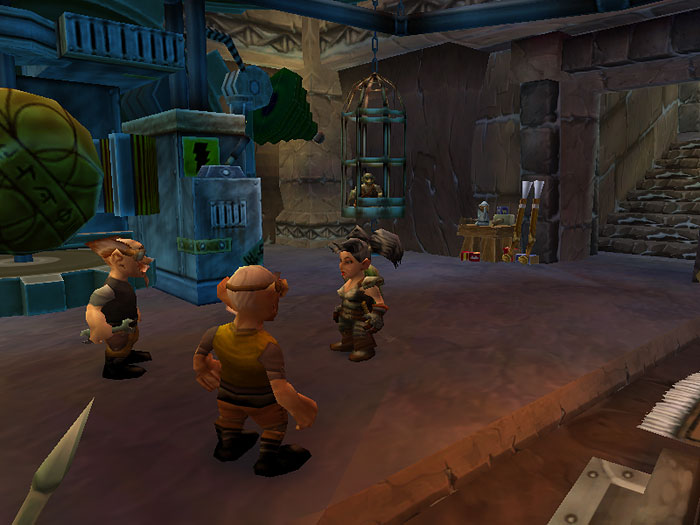
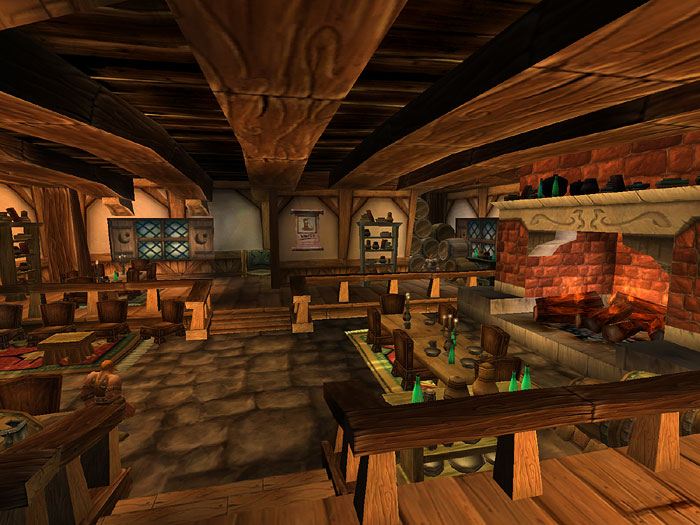
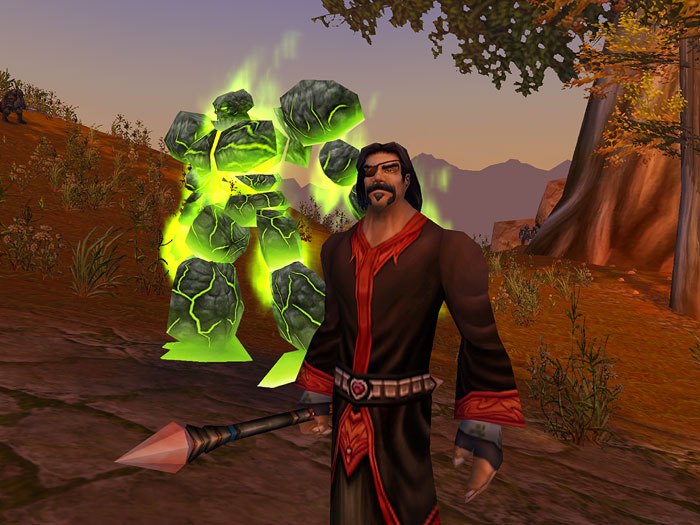
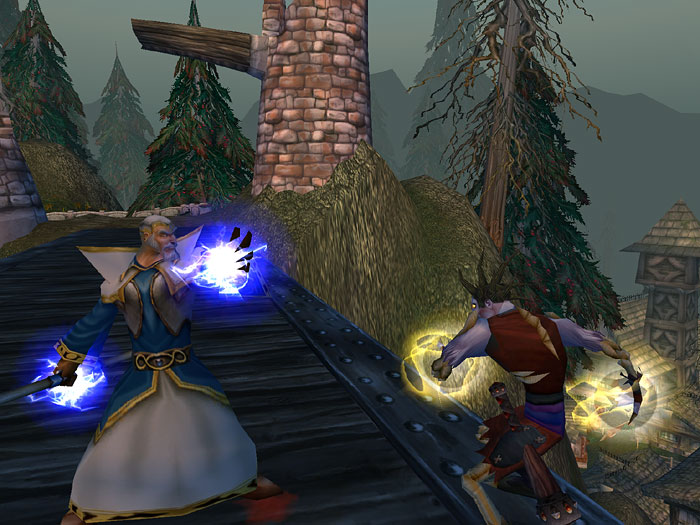
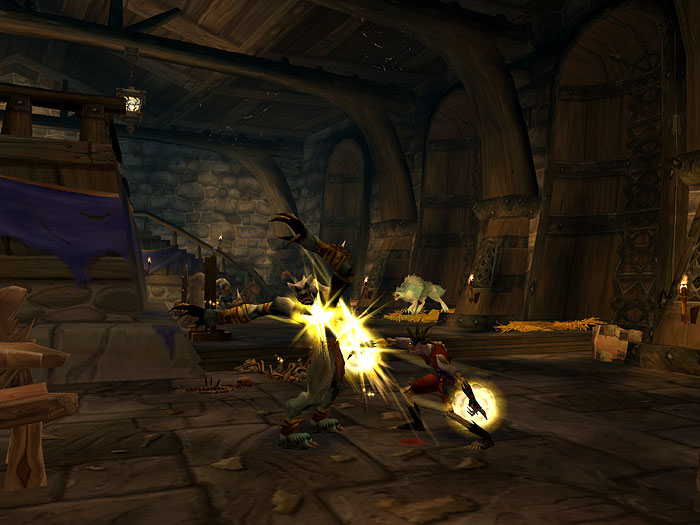
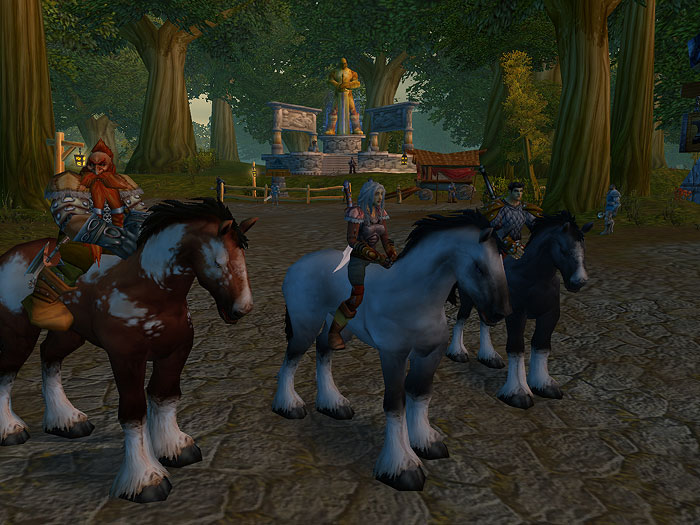
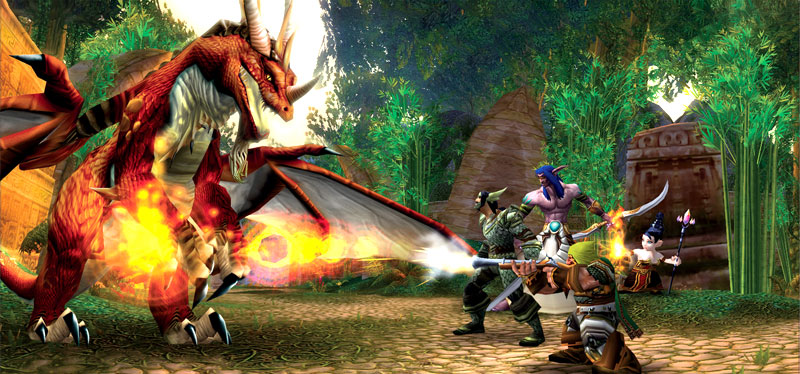
World of Warcraft (2004)
A whole new world
System requirements: Windows 98, 800 MHz Intel Pentium III, 256MB RAM, "3D graphics processor with Hardware Transform and Lighting"
Before World of Warcraft, MMOs were a relatively niche genre marked by quirky ideas and a punishing, life-absorbing grind. But Blizzard’s foray into online RPGs exploded in a way no other videogame has, becoming a pop culture sensation that at one time commanded over 10 million subscribers. It’s a strange time when Hollywood celebrities would rather talk about what class their characters are than the movies they’re in. While Warcraft might be fondly remembered by many for its roots as an RTS, the wider world will forever associate it with countless evenings spent raiding and questing until dawn.
That success is owed to Blizzard’s impeccable knack for borrowing rough concepts and making them shine. The idea of living out a virtual life in Azeroth has Warcraft fans salivating, but it was how Blizzard removed grind and frustrating complexity of former MMOs that gave WoW mainstream appeal. That popularity has only grown with the release of six expansions, each one adding more zones, classes, races, and an increased level cap. Though it might be just passed its golden age of 2010, World of Warcraft is still hand over fist the biggest, most influential MMO on the market. It didn’t just create the template for modern MMOs, it is the modern MMO.
Collin Murray, lead software engineer at Blizzard
"At the time, a lot of us were playing a whole variety of different MMOs. Guys played Everquest, that was a huge one, Ultima Online, people got really into Ultima Online. Dark Age of Camelot. We were super into all these games, and really loved these games. But there were little things we thought we could do better. So we one day pitched the idea, let's make a game like these MMOs, but in the Warcraft world, and we'll put our patented Blizzard polish on it.
"We felt like one of our really strong points was our user interface. Everquest had a really challenging interface. In fact, if Shane [Dabiri] hadn't been sitting behind me while I was learning to play Everquest, I would've been so frustrated. I would've quit. Press that button, click that thing over there. I'm like, this is so frustrating. We were always really good at making sure there were at least three different ways of doing everything in the game. We would even run the game past Allen Adham's younger brother, who was terrible at video games, and have him test them. We knew that if he could figure them out, it was good for the customer."
The biggest gaming news, reviews and hardware deals
Keep up to date with the most important stories and the best deals, as picked by the PC Gamer team.
Collin Murray, Shane Dabiri, and John Cash, WoW software engineers and Blizzard Chief of Staff
CM: "We've made some adjustments to communication between the different disciplines, designers talk to engineers to hash out ideas and make sure the technology supports it. If they get to us early enough we can build new technology to support their crazy ideas."
JC: "Or tell them 'don't do that, it will not work.'"
CM: "But here's something similar you could do for the same effect. We have dramatically improved how we collect and categorize and handle errors from the public since those early days. Back in those days it was one guy with a perl script who ran it every couple of weeks, who would hopefully categorize a couple classes of crashes we got from the public. Now we have a giant automated system that gives us a top 10 list and we can just run down the list. We collect all the information we need to debug any issue."
SD: "Did we even have PTRs then?"
CM: "We had betas...The way that we test internally, test with the public, collect errors that we miss, all that has dramatically changed."
SD: "Remember when we were doing Lich King, and we put Dalaran overtop of Northrend. Originally, designers wanted Dalaran to be an island that moved and floated all around the continent. And we told them you guys are insane, we can't do that. And they thank god actually listened and just made it stationary in one spot. But they wanted the entire floating city to just roam around the continent in the skies."
CM: "But we've done other stuff that's similar, like the battle on top of the dragon...Deathwing encounter where the entire battle takes place on the back of a dragon. You're supposed to be flying through the air. They wanted to actually do that, have him fly through the world and have the entire encounter happen on the back of this dragon. We kind of fake it by moving the skybox around and make it look like you're moving around. Lot of movie magic."
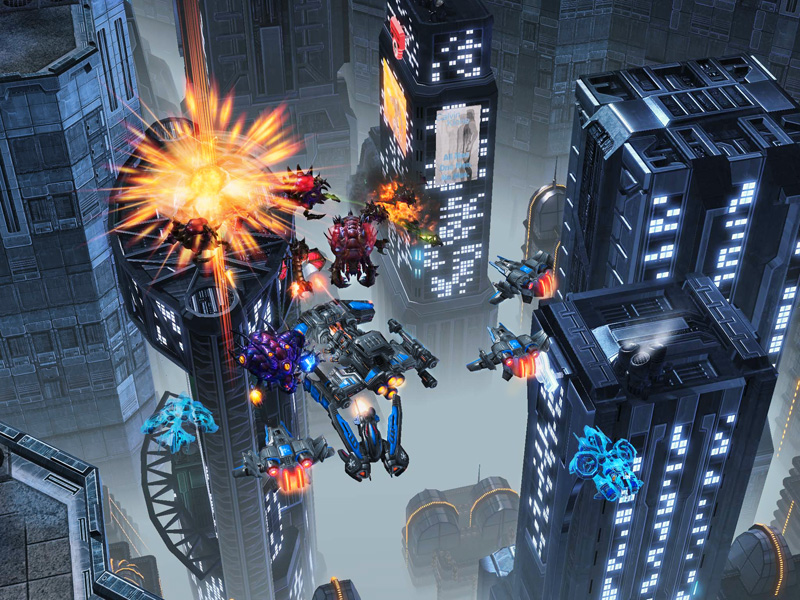
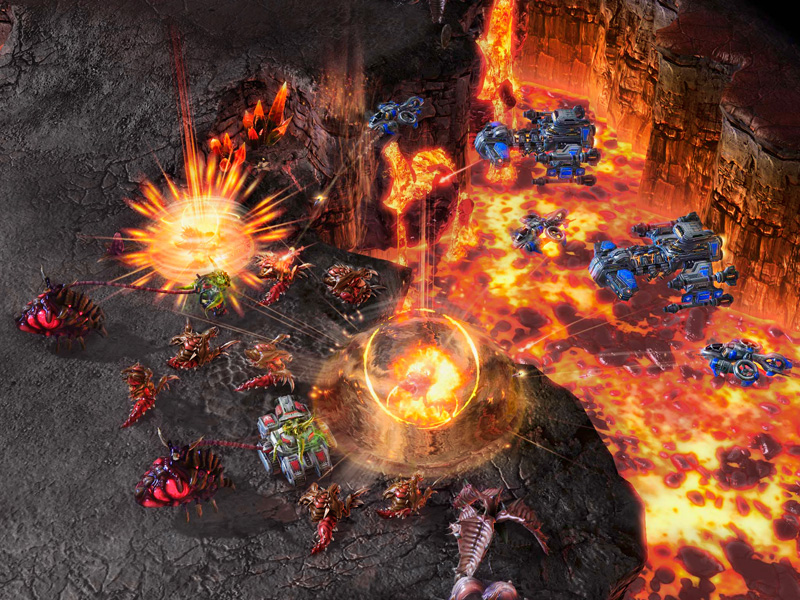
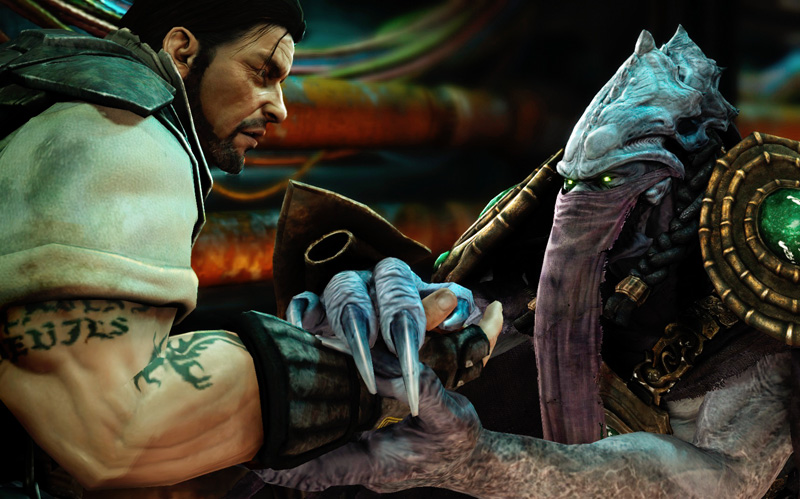
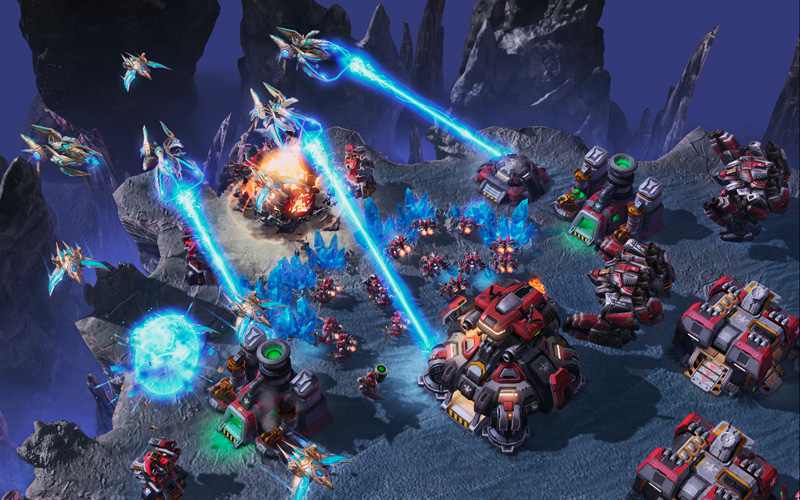
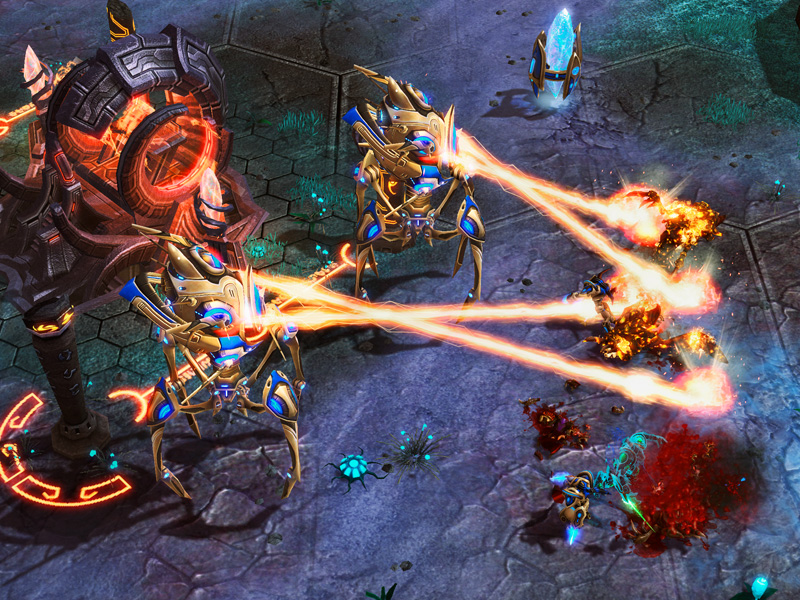
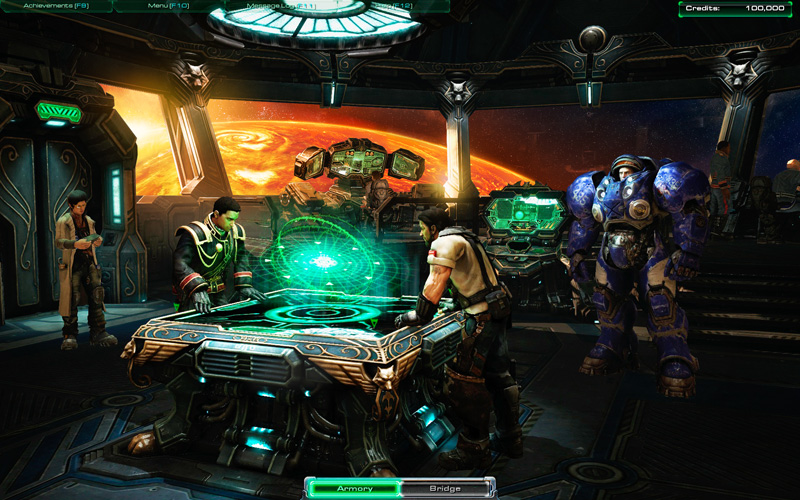
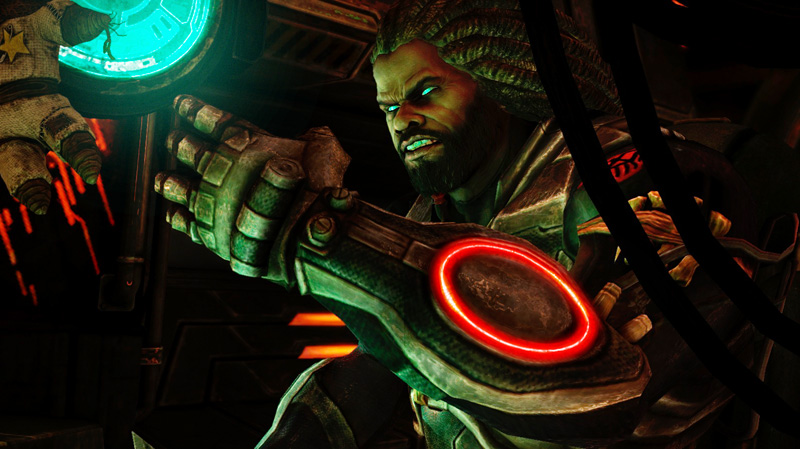
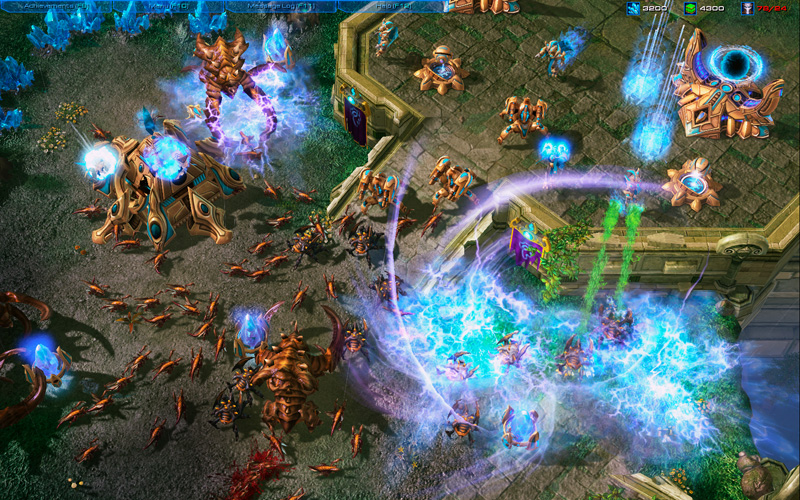
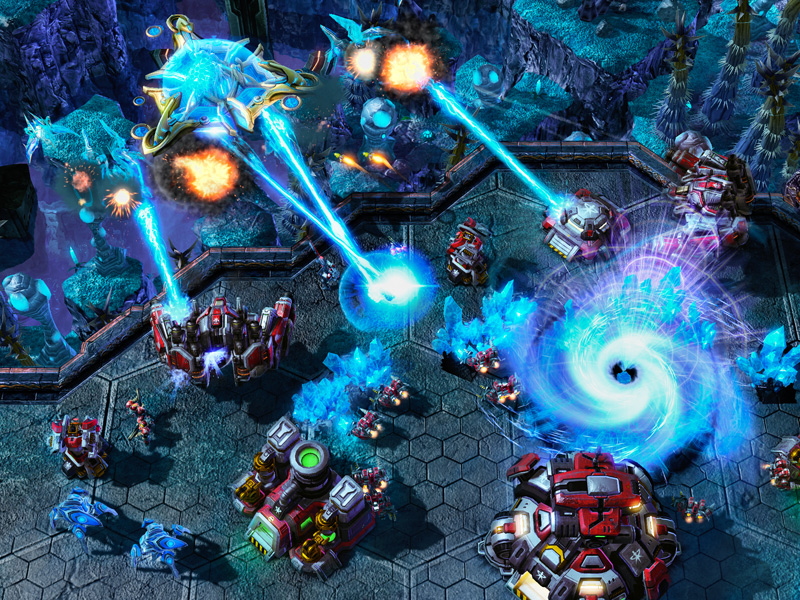
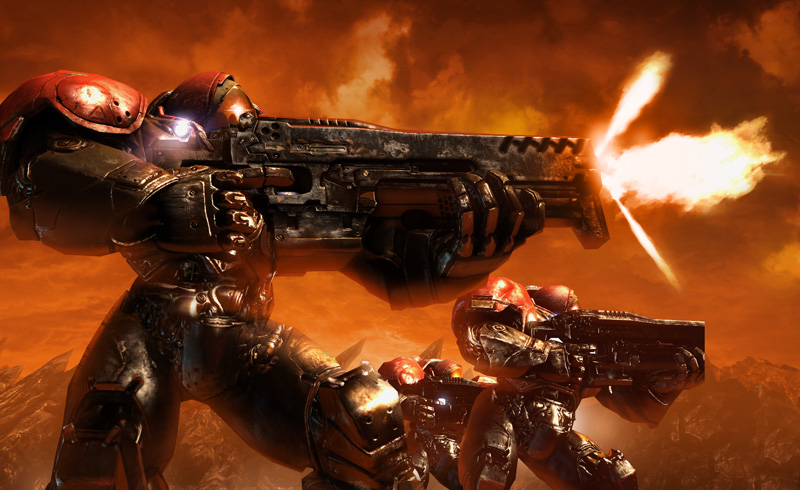
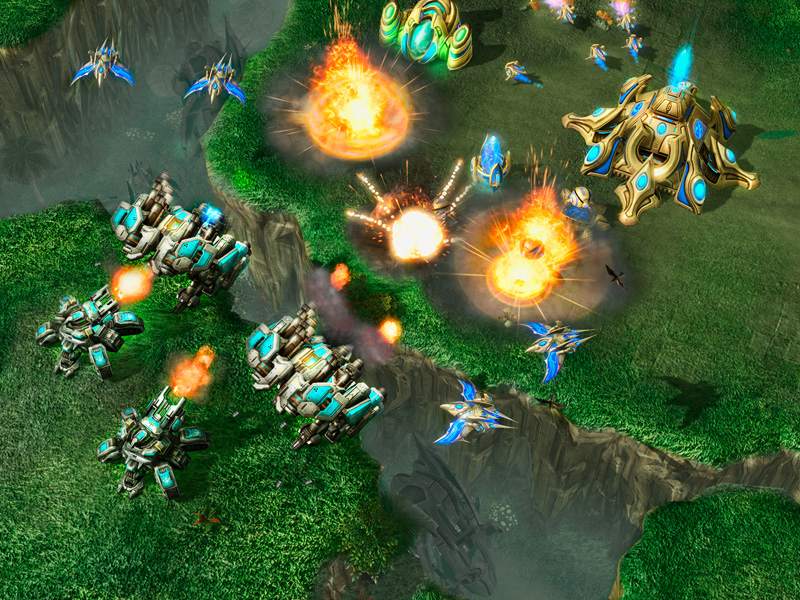
StarCraft 2 (2010 - 2016)
Some people call me the space cowboy
System requirements: Windows XP, Intel Pentium D, 1.5GB RAM, Nvidia GeForce 7600 GT
Warcraft got its sequel in a year. For StarCraft, it took 12—or, arguably, 18, depending on how you look at it. Blizzard decided to double down on StarCraft's three campaigns by splitting the sequel into three separate games, each with a campaign and refinements to the multiplayer mode. A decade earlier, this might've been the biggest game in PC history. But by the time StarCraft 2 finally arrived, the RTS was flagging and the MOBA was rising. StarCraft 2 simply had to settle for being the biggest competitive RTS on PC.
Blizzard's developers figured out how to make a great game with StarCraft, but it was with Brood War that they figured out how to tune a game into something focused and timeless. That gave StarCraft 2 a perhaps impossible bar to live up to. But over the course of six years, Blizzard's given it a better shot than anyone else still making strategy games, luxuriating in years of pent-up lore and building a multiplayer worthy of Brood War's legacy.
Jason Huck, lead game designer for StarCraft 2:
"Early on, there were certain units that were iconic, and we were like, can we remove those from the game? Like Reaver, Carrier. That was always an interesting discussion amongst the team. 'Well, we're going to remove the carrier,' and then the backlash among the team… Reaver, I think, has always been contentious. Even to this day. But Colossus was meant to fill that role of an AOE siege-range unit.
"It's part nostalgia, part just really good gameplay. Every unit needs to bring some really good gameplay with it, how you counter it and use it and everything. With all the upgrades in technology from StarCraft 1 to StarCraft 2. ... That was always our biggest challenge. What units can we change, what units can we remove, what units can we add, and still feel like StarCraft."
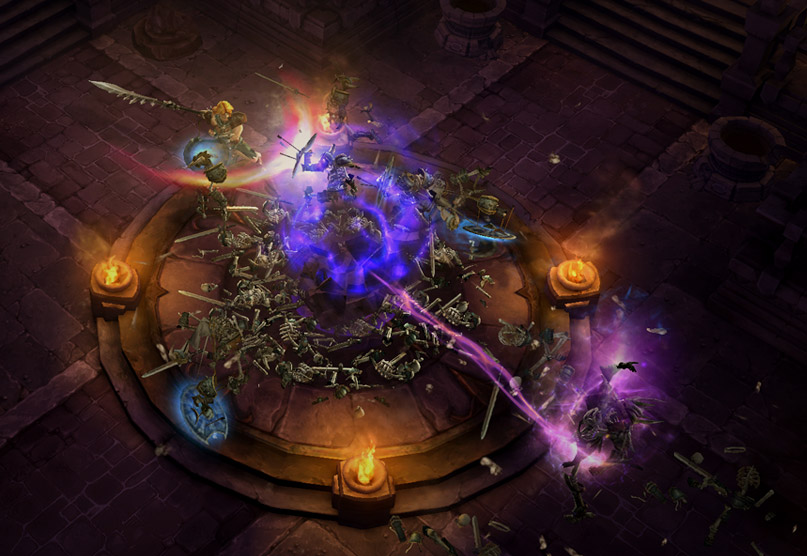
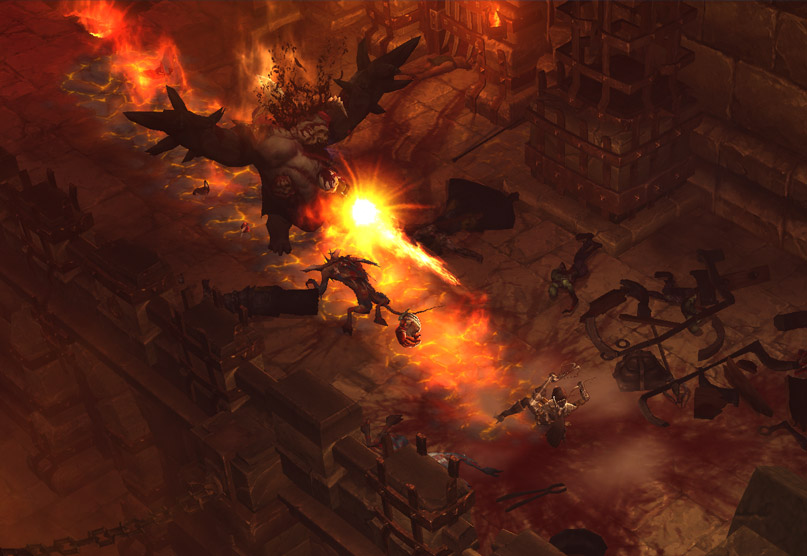
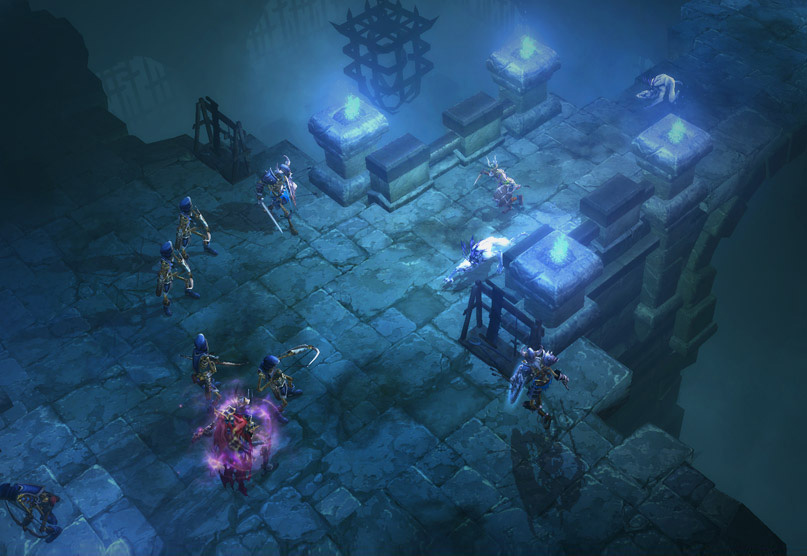
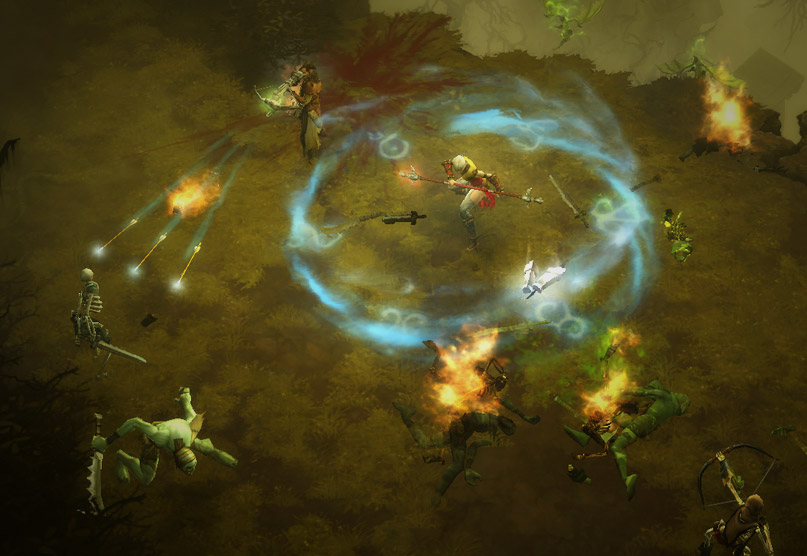
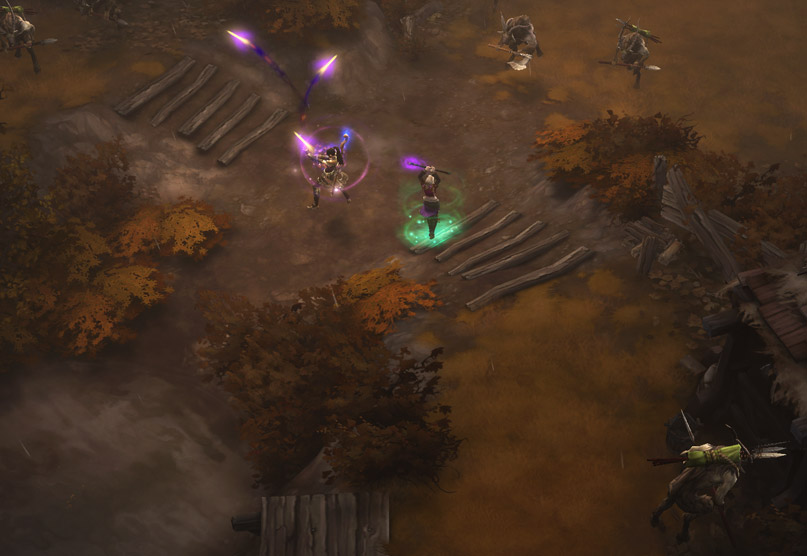
Diablo 3 (2012)
Auction house of blues
System requirements: Windows XP, Intel Pentium D, 2GB RAM, Nvidia GeForce 7800GT
Depending on when you last played Diablo 3, you may love it or hate it. The first Diablo game since Diablo 2’s Lord of Destruction expansion 11 years prior, there were a lot of high hopes and a lot of nostalgic memories riding on Diablo 3. Rumors about the sequel had been circling for at least two years before its announcement in 2008, and players had to wait another four years for it to actually release.
While D3 was initially met with praise, always-online connection issues soured the mood and the real money and gold auction houses (initially implemented to combat fraud in third-party auction sites) started warping the experience to be about purchasing power rather than killing evil incarnate. Former game director Jay Wilson eventually admitted in a GDC talk in 2013 that the auction house “really hurt the game.”
So just before the Reaper of Souls expansion launched in early 2014, Blizzard removed both auction houses and released a pre-expansion patch that overhauled loot, game difficulty settings, and monster scaling. Shortly after, competitive seasons were introduced as a callback to Diablo 2’s ladder. There was probably no way Diablo 3 could have lived up to its expectations, but Blizzard has continued to kept its sight on that mark with every patch and update since Diablo 3’s initial release.
Kevin Martens, lead content designer on Diablo 3, from PC Gamer interview, February 2, 2014
“[The auction house] did what it was intended to do in one way, which was to make trading a safe place to happen without trading scams and other ripoffs. However, it had a very bad unintended consequence of making trading the best way to get items in the game. The fact is that the most fun way for the vast majority of people is to kill monsters and take gears from their cold, dead claws. Trading became very easy. The auction house lowered the barrier of entry so much that it became the best way to get items, and ultimately players will do whatever is smartest. They will find the golden path and do what is most efficient.
“You should play the game to get gear to kill the monsters. You shouldn't get gear to kill monsters because you will get bored too quickly. It stole people's reward curve is essentially what it did; it made it very easy for them to do it. So trading isn't a bad way to get items, but if it negates playing the game, then we've made a huge mistake. And we did, which is why we’re shutting down the auction house.”
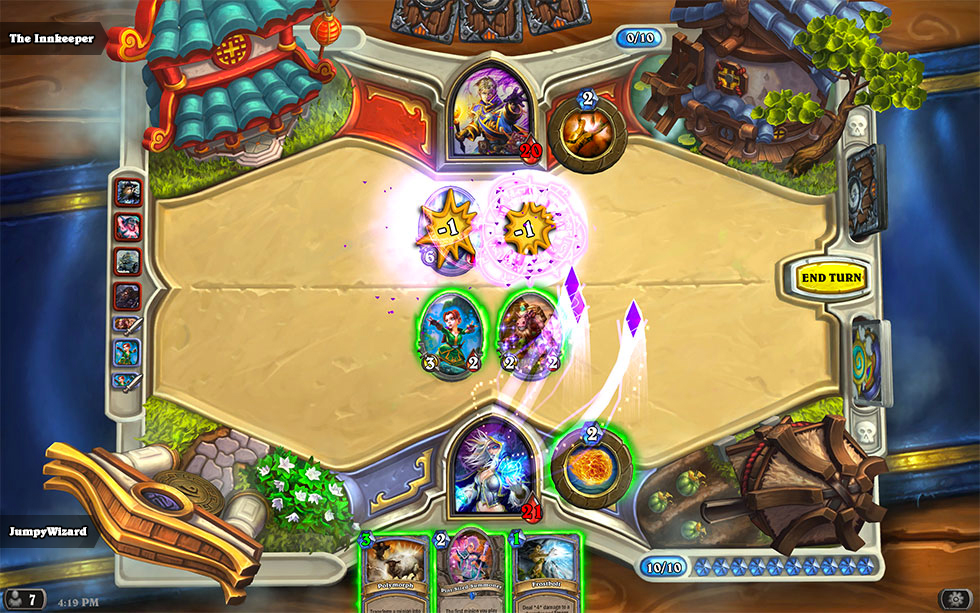
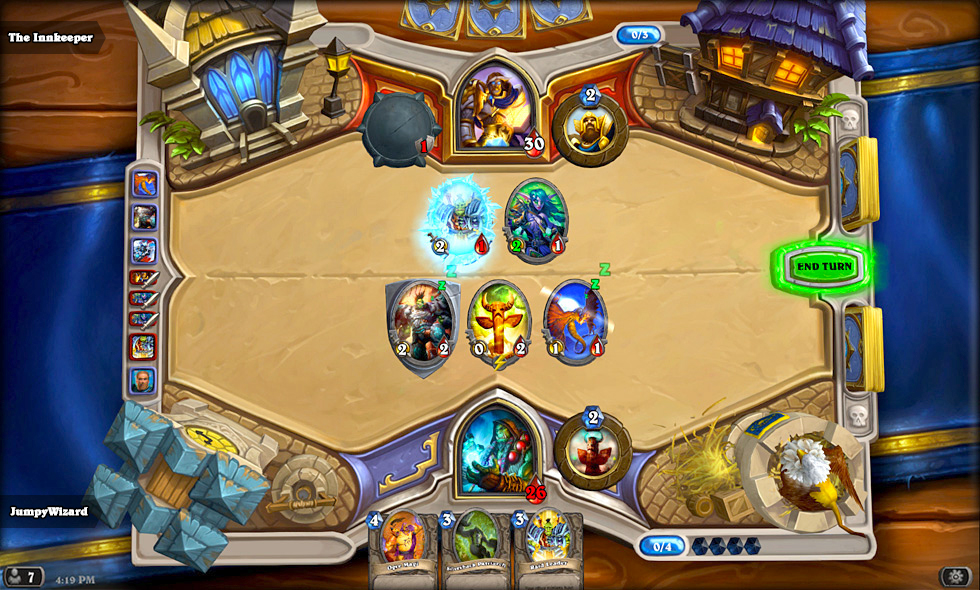
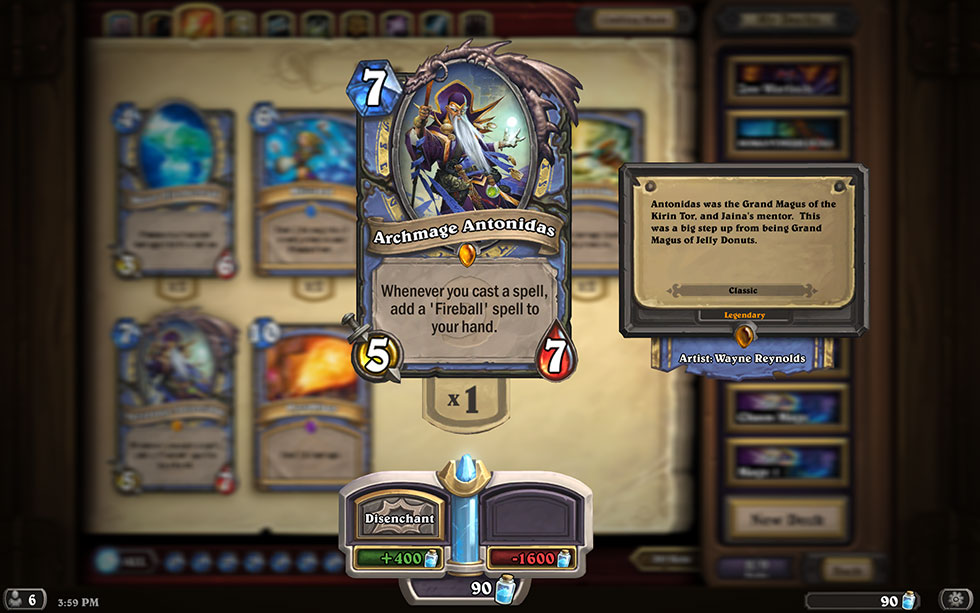
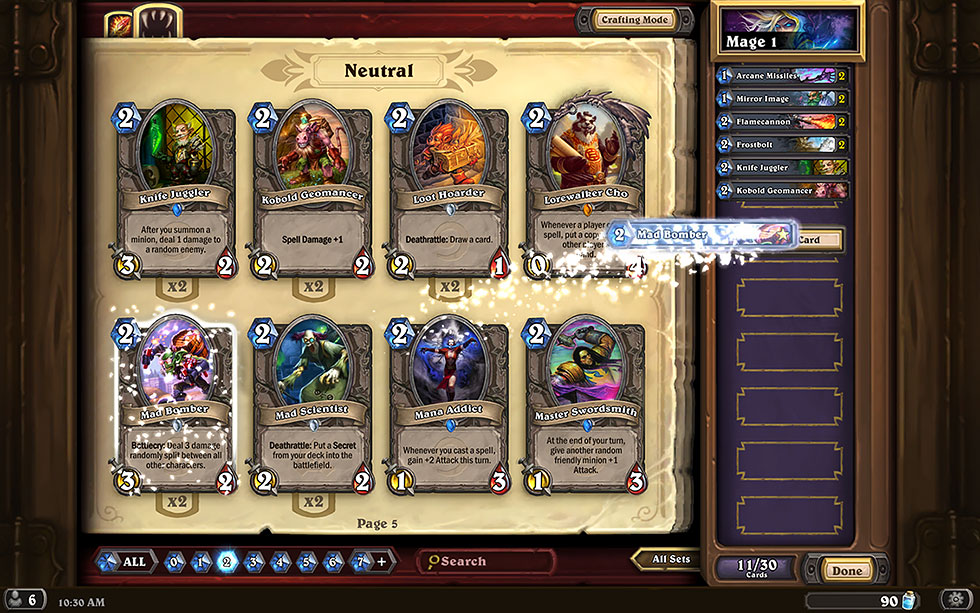
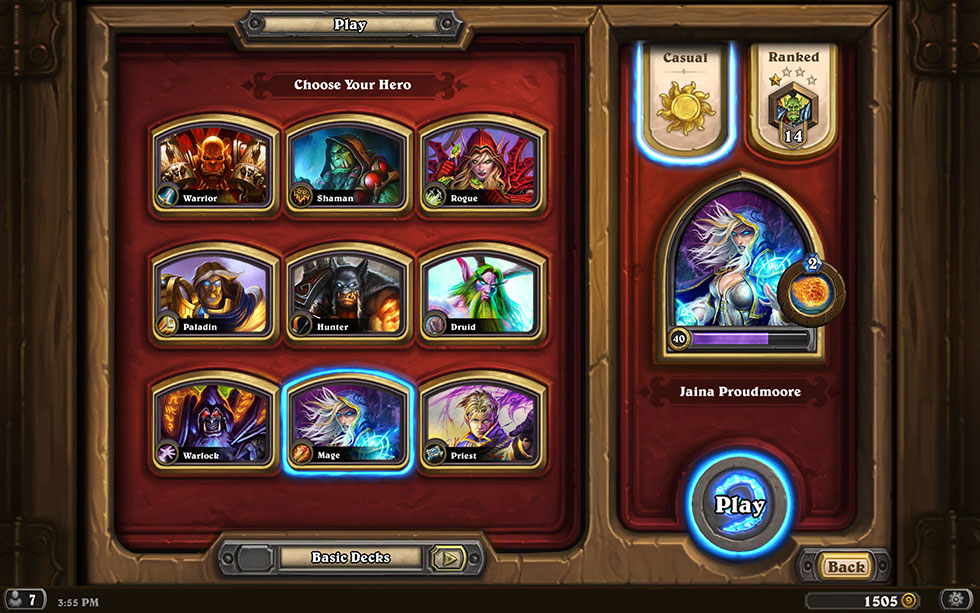
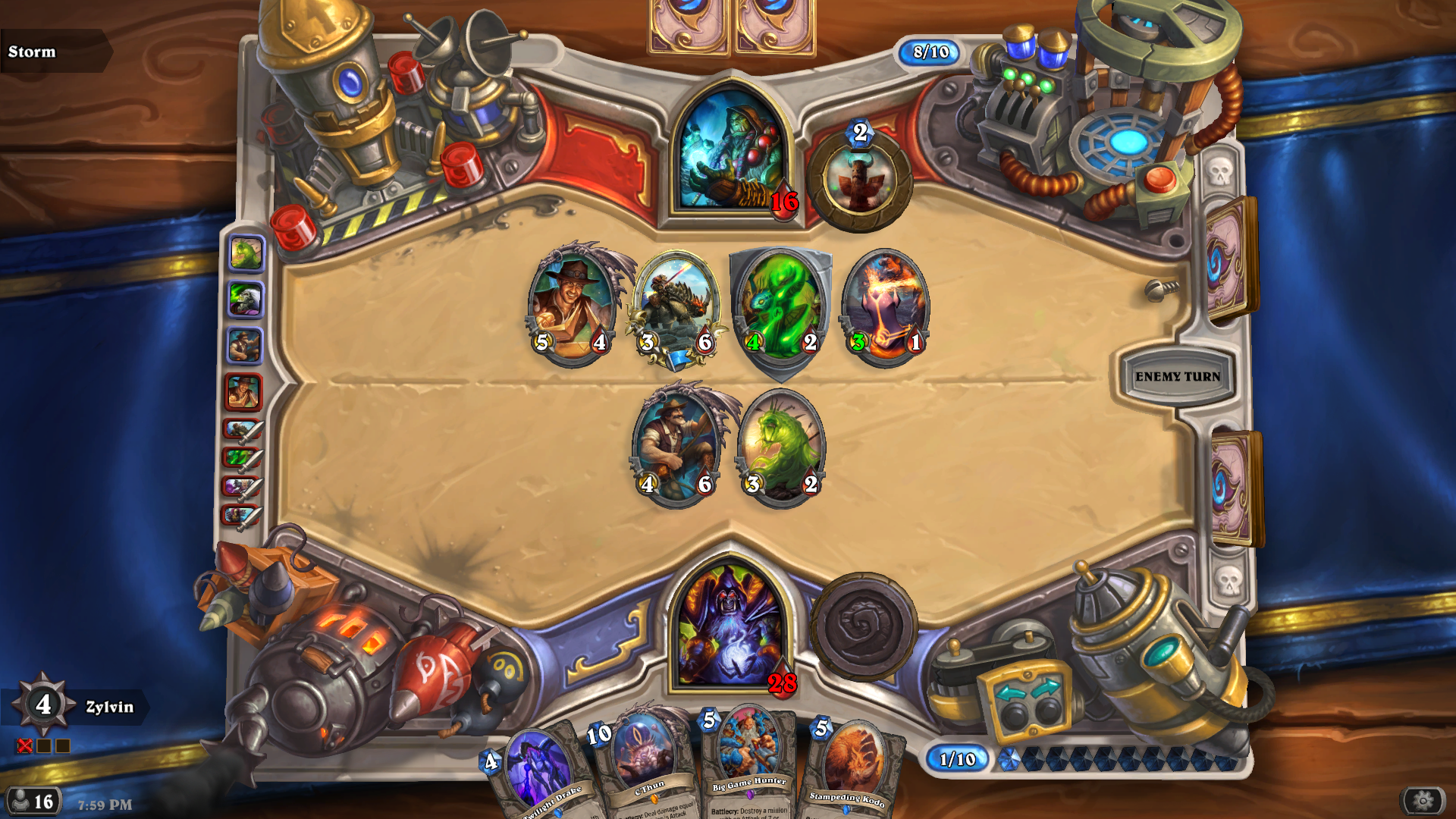
Hearthstone: Heroes of Warcraft (2014)
Luck of the draw
System requirements: Windows XP, Intel Pentium D, 2GB RAM, Nvidia GeForce 6800
Hearthstone was being developed for nearly five years before anyone outside of Blizzard heard anything about it. For a stretch in 2009 leading up to the release of StarCraft 2, it was only being worked on by lead designers Eric Dodds and Ben Brode. This was the first card game Blizzard had made internally, and members of the studio were wary. But development continued, and it got the treatment we now recognize as the studio’s signature style: pick a genre and open it up to a wider audience. Principal game designer Mike Donais told us they “really wanted to capture the best parts of card games, but make it so that everybody could enjoy them.”
But even with that in mind, Hearthstone soared past expectations. Its initial PC launch was extremely successful, hitting 20 million players in only six months. The card game marked another first for Blizzard when it released on mobile in April 2015, reaching 30 million players shortly thereafter—it’s now somewhere over 50 million. Despite the skeptics, both in and out of Blizzard, Hearthstone is now pretty much printing both money and memes. It’s also breathed new life into the digital card game market, with dozens of competitors and copy cats rushing to grab a piece of what was previously a pretty quiet genre.
Mike Donais, principal game designer for Hearthstone:
"One of the great things about Eric Dodds' design vision was to spend a lot of time taking things away, seeing if it's fun, putting things back, seeing if it's fun, and just experimenting with small changes. And I think that philosophy and that iteration is what turned Hearthstone into what it was... They spent a lot of time, more than a year or two years, just iterating on all those little design changes, and that's what let them get to where they are with Hearthstone. It's a really nice luxury to have all that design time. A lot of other companies would have said "hey, three months have passed, you gotta ship." And they just took their time and made it great."
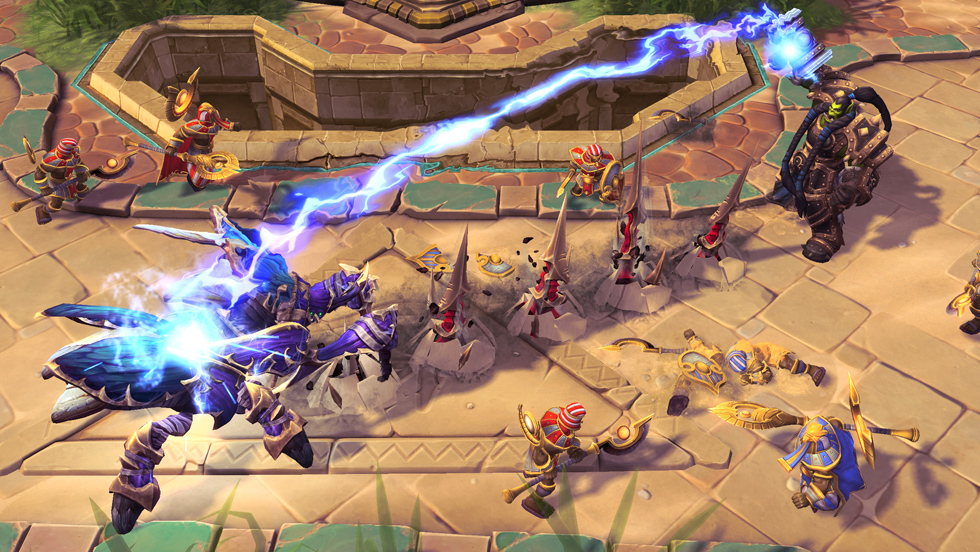
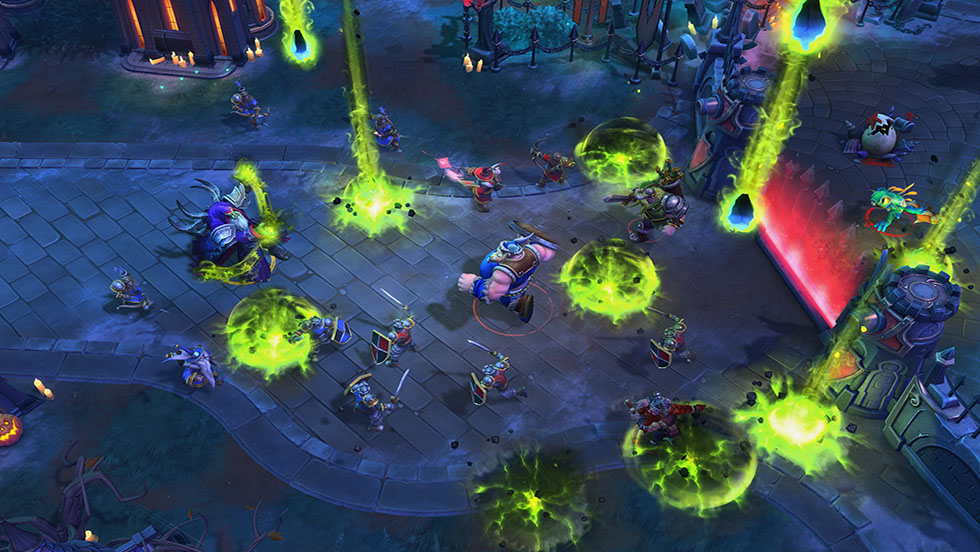
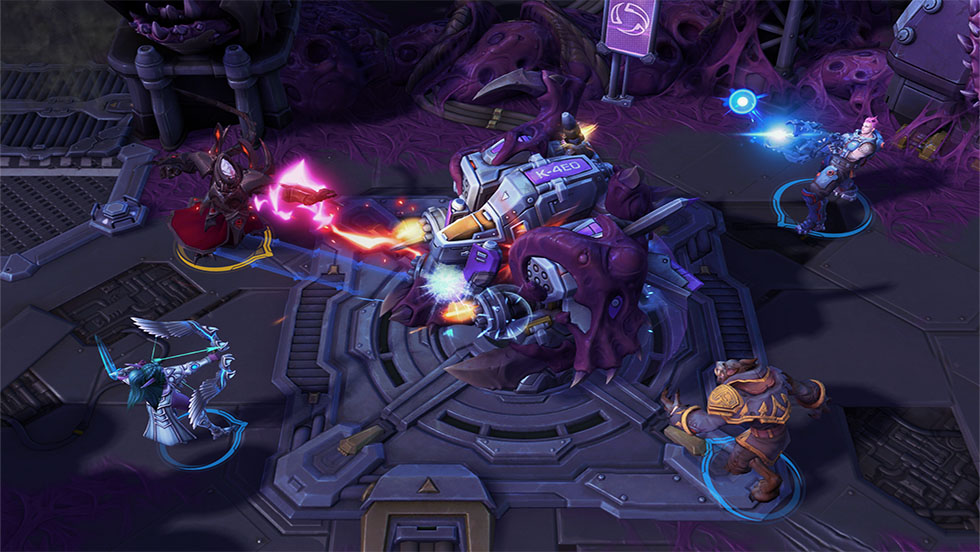
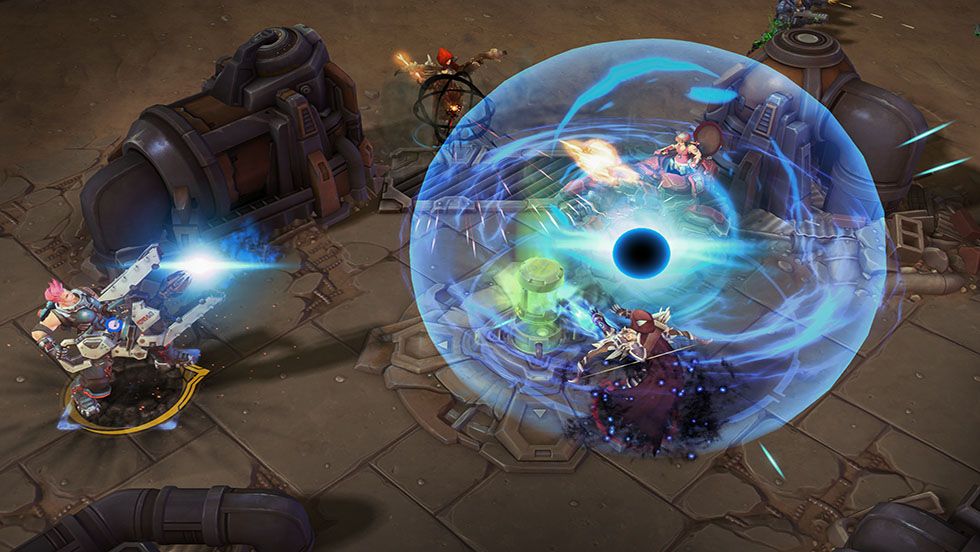
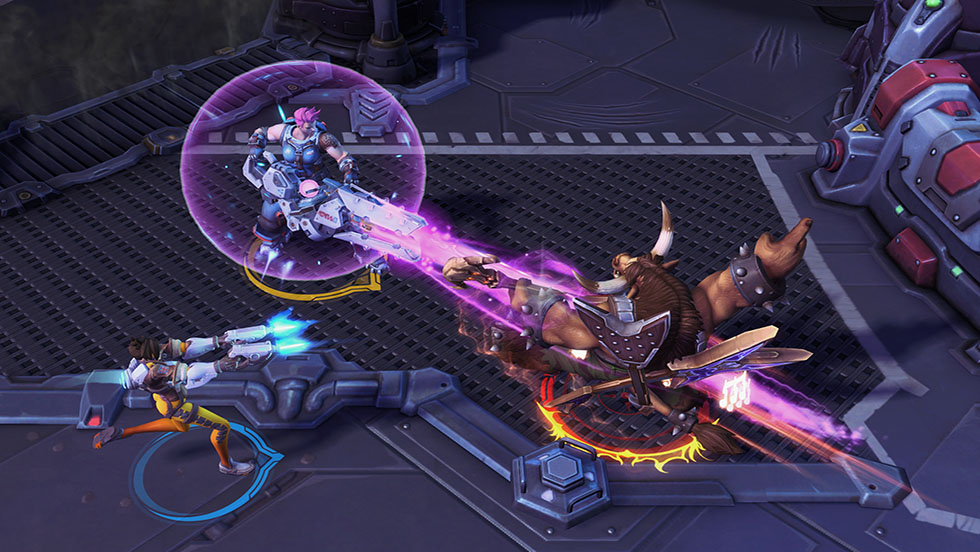
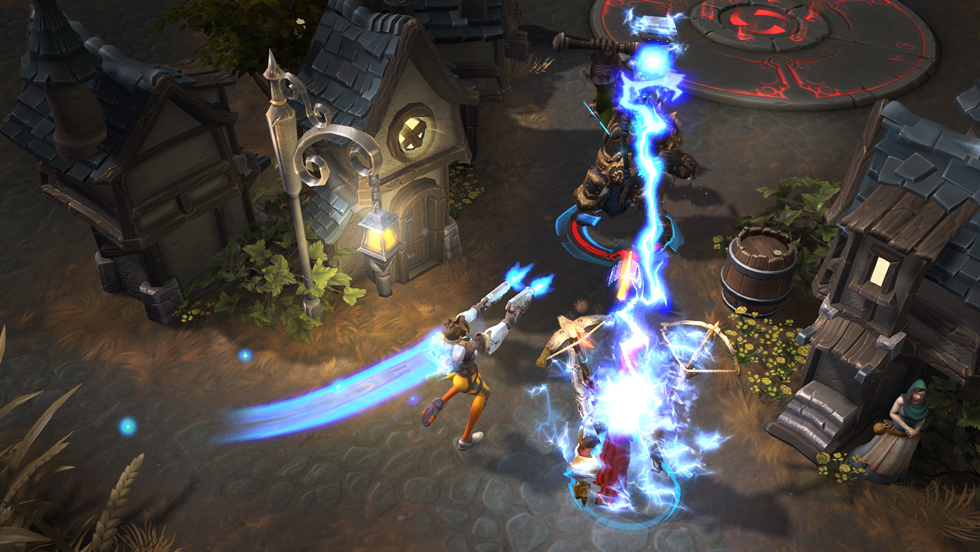
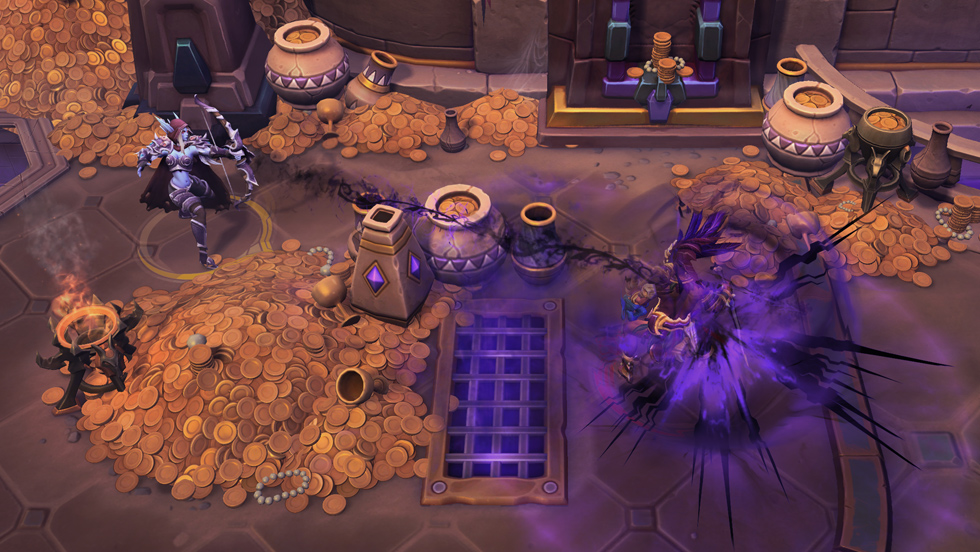
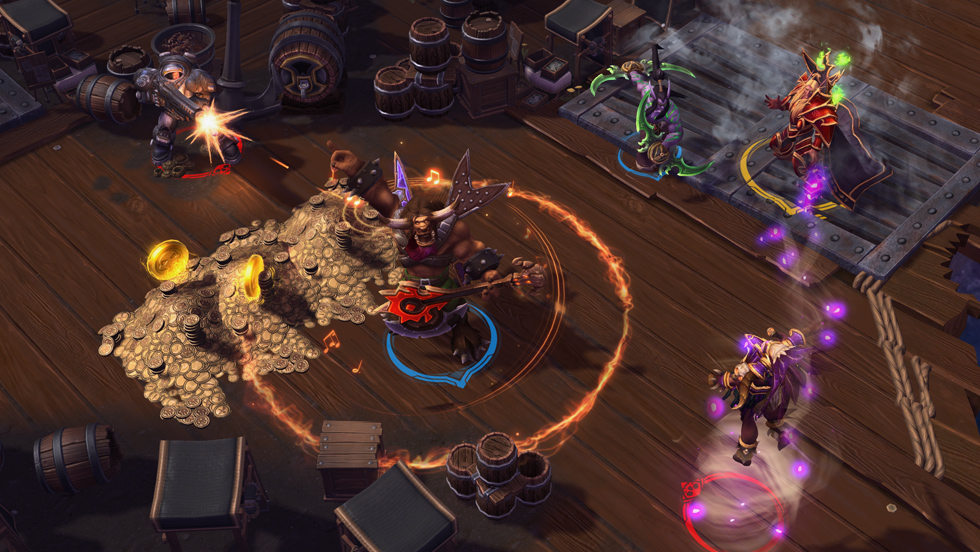
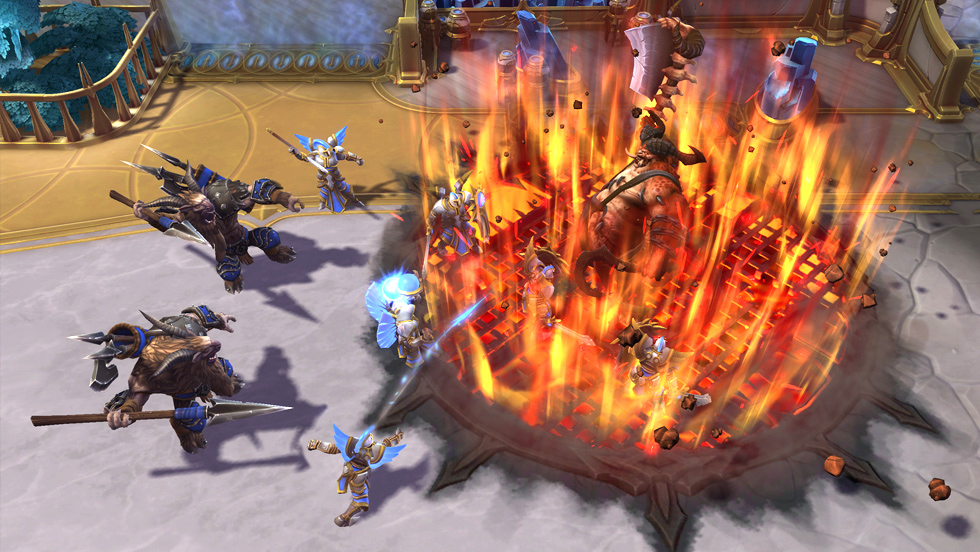
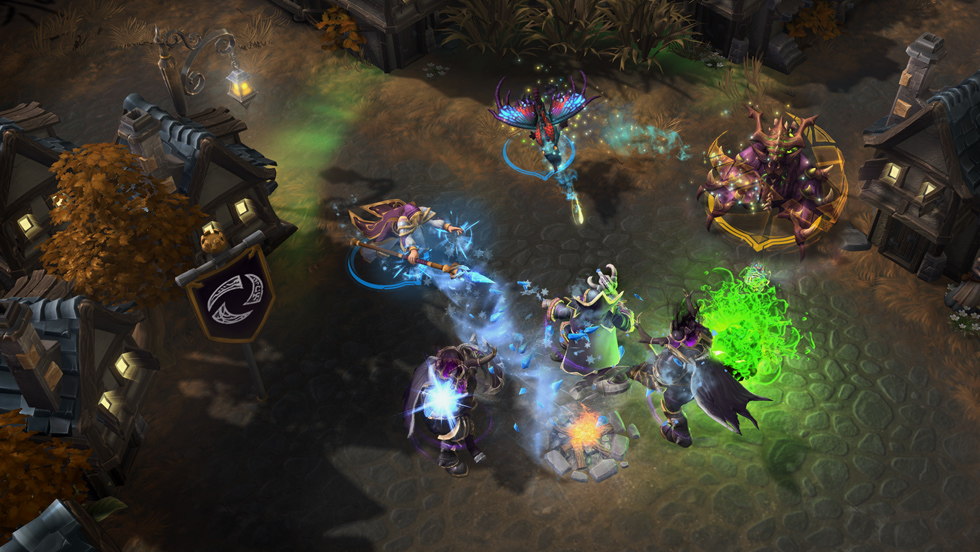
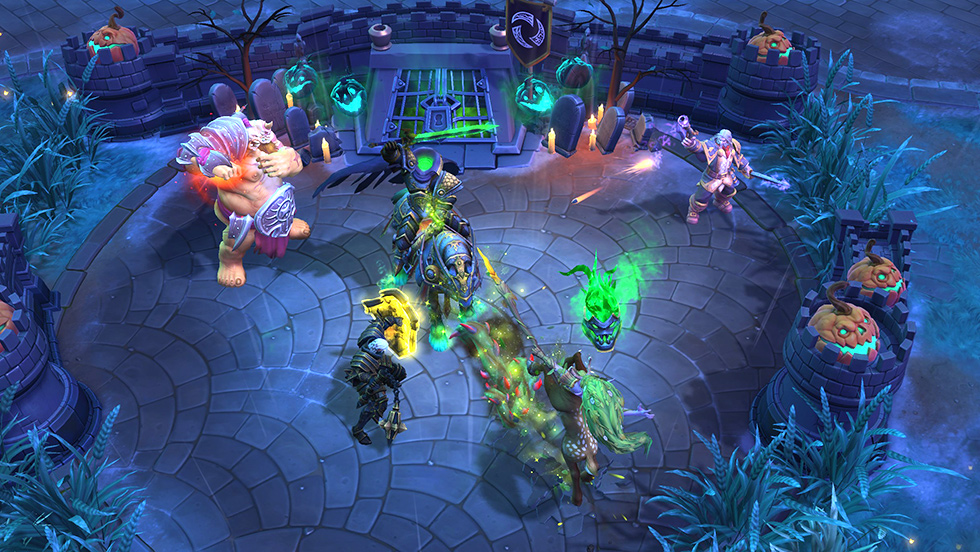
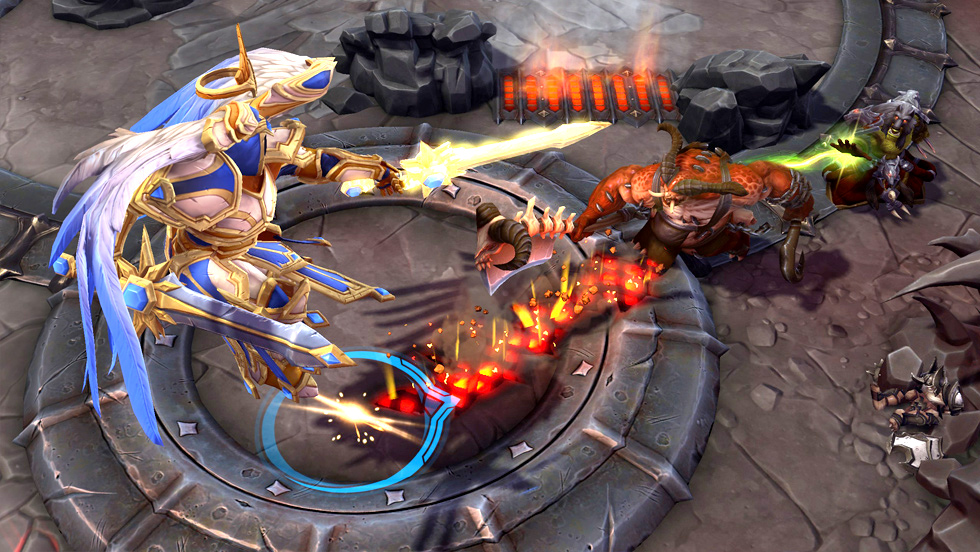
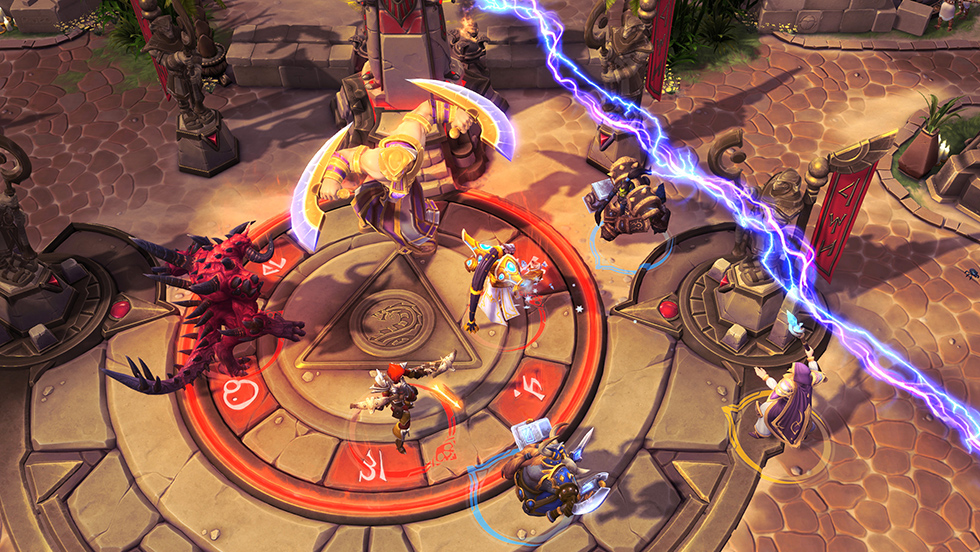
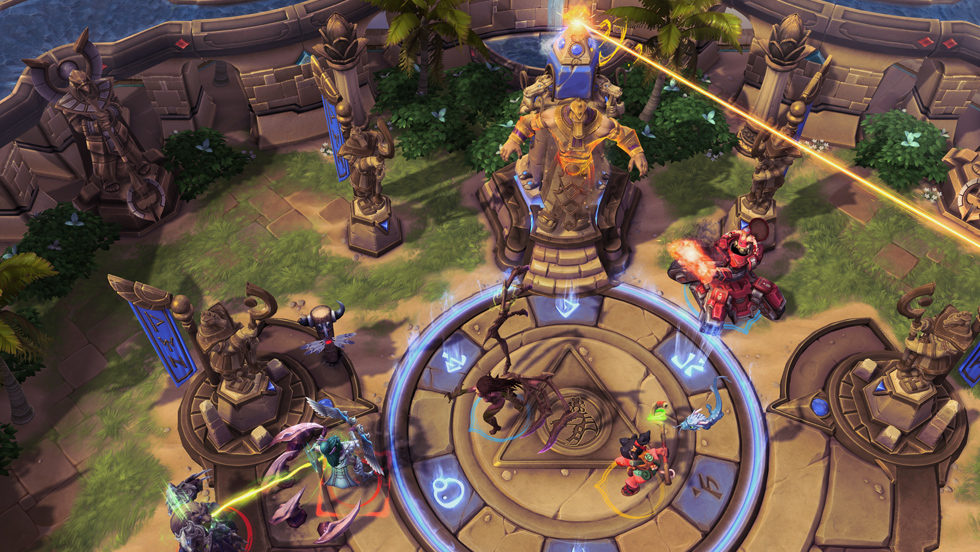
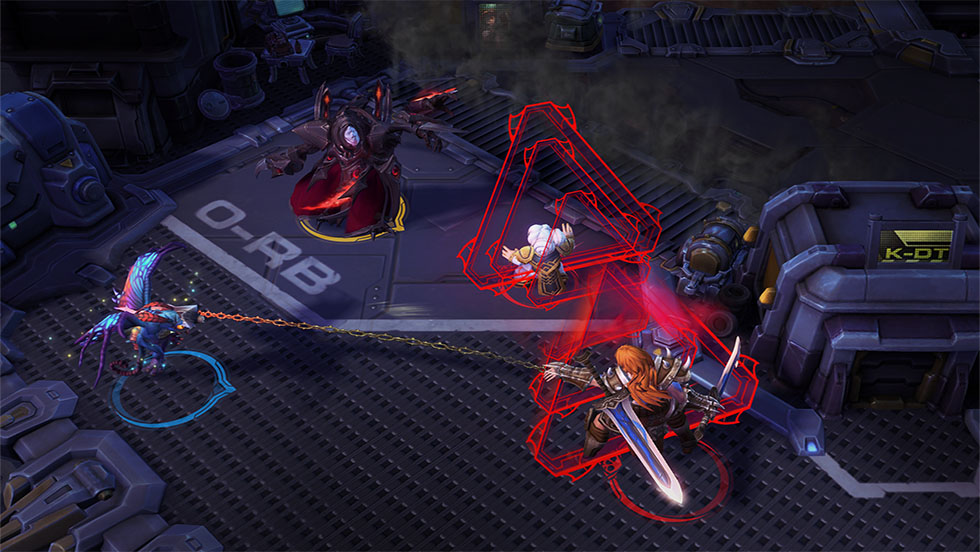
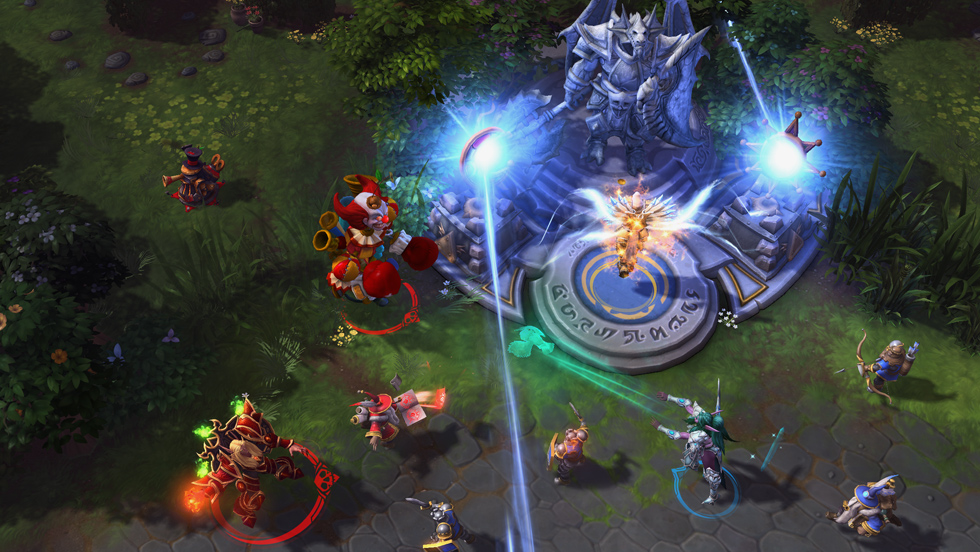
Heroes of the Storm (2015)
When an unstoppable demon meets an immovable murloc baby
System requirements: Windows XP, Intel Core 2 Duo, 2GB RAM, Nvidia GeForce 7600 GT
The entire MOBA genre was born out of custom maps for StarCraft and Warcraft 3, so it’s only fitting that Heroes of the Storm began its life as an internally-made StarCraft 2 custom map simply called Blizzard DOTA. After showing it off at BlizzCon in 2010, an overwhelmingly positive reaction spurred Blizzard to expand the concept, and it was re-revealed in 2011 as Blizzard All-Stars. But Blizzard’s ambitions for the game continued to grow, and it took another two years before it became the Heroes of the Storm we know now, and another year after that before players finally got their hands on it in closed beta.
Heroes of the Storm distinguishes itself from the giants of a genre Blizzard inadvertently helped found, but it’s still struggling to compete with Dota 2 and League of Legends, which grew immensely while Blizzard found its footing. But Heroes is a distinctly Blizzard MOBA, valuing simplicity, accessibility, and fun over all else—and, of course, with a Super Smash Bros. style hero roster, pulling from nearly every other game on this list. Its patchwork universe makes the game a definite hit for long time fans of the company, but it's still relatively early days as Heroes of the Storms continues to push esports hard and tries to carve out a foothold with a wider audience.
Alan Dabiri, technical director for Heroes of the Storm:
"One of the nice things about the Nexus is it gives of this space where we can bring all these things together that don't really make a ton of sense, when you've got StarCraft and Diablo on the same map. But one of the other things it allowed us to do is flex creatively outside of our existing game worlds. It gives us the ability to make a Cursed Hollow or a Blackheart’s Bay, so it’s one of those things where we can also try different things that aren’t within our game worlds. And early on, there was a desire to focus on more of that stuff, and see where we could go and create these new characters like the Raven Lord or Blackheart.”
“I wouldn't be surprised if we go back and hit some of those [older characters] as well… I'm not sure we'll ever run out of awesome characters to bring into the game. We'll just have to see when some of those older characters make sense."
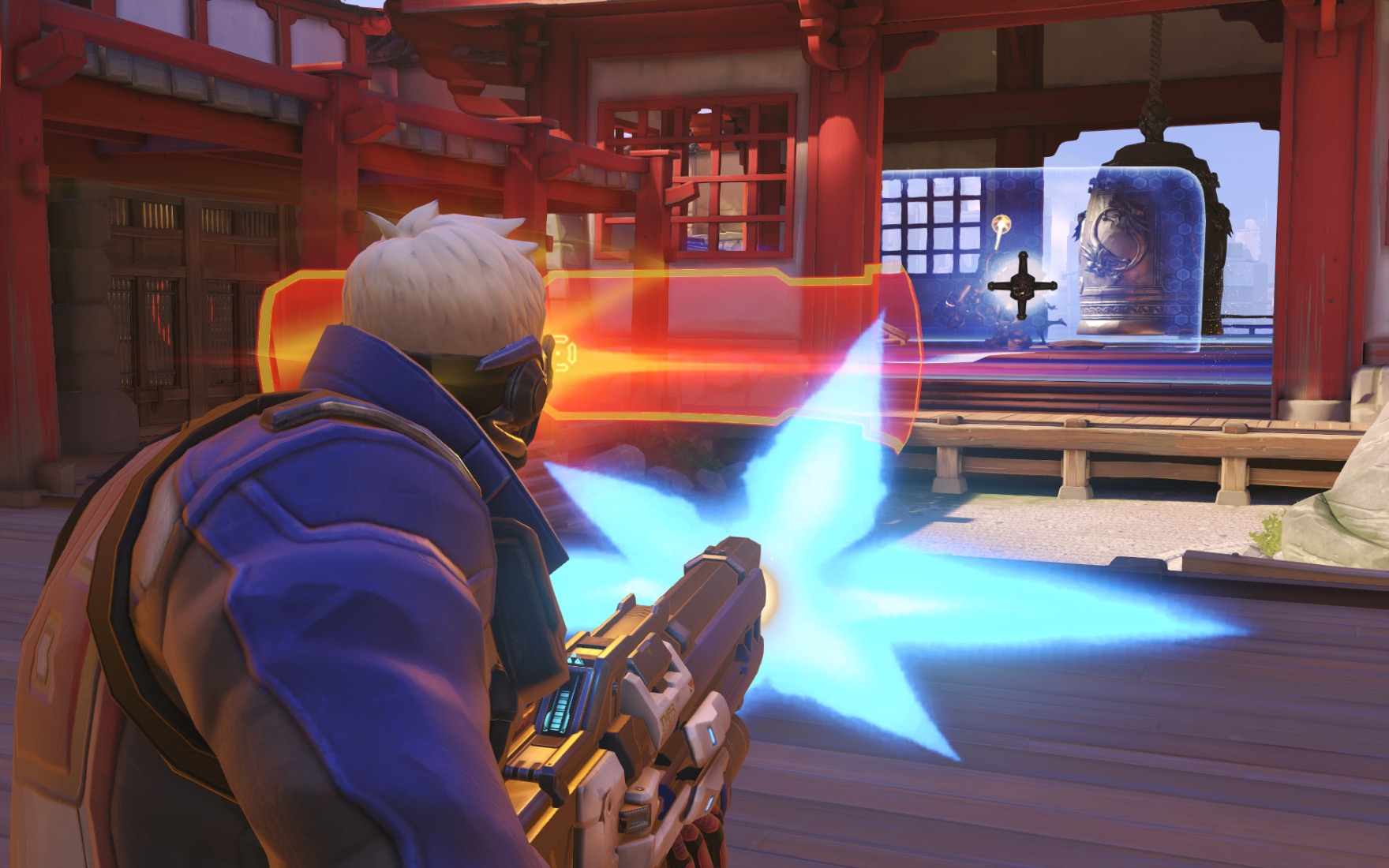
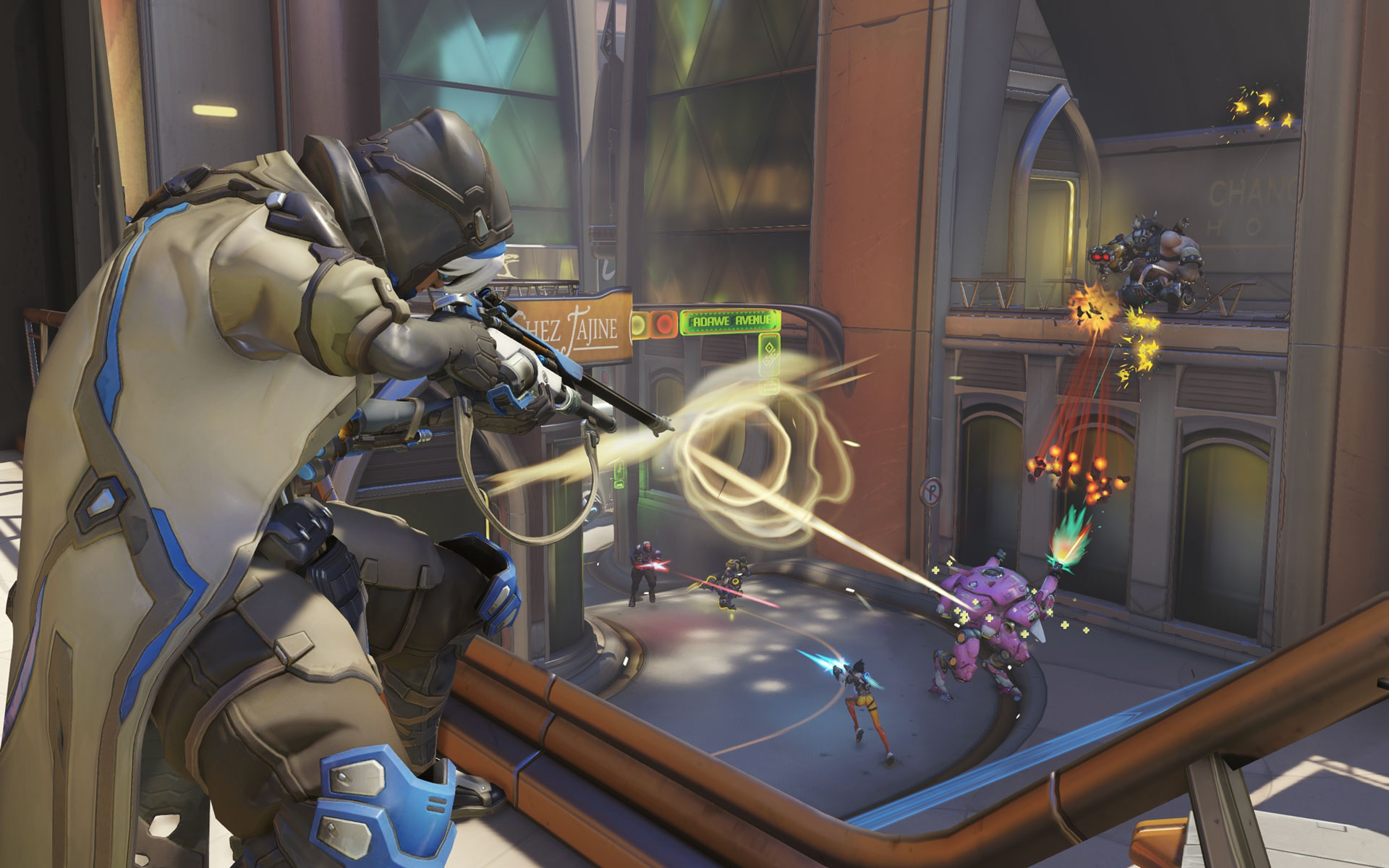
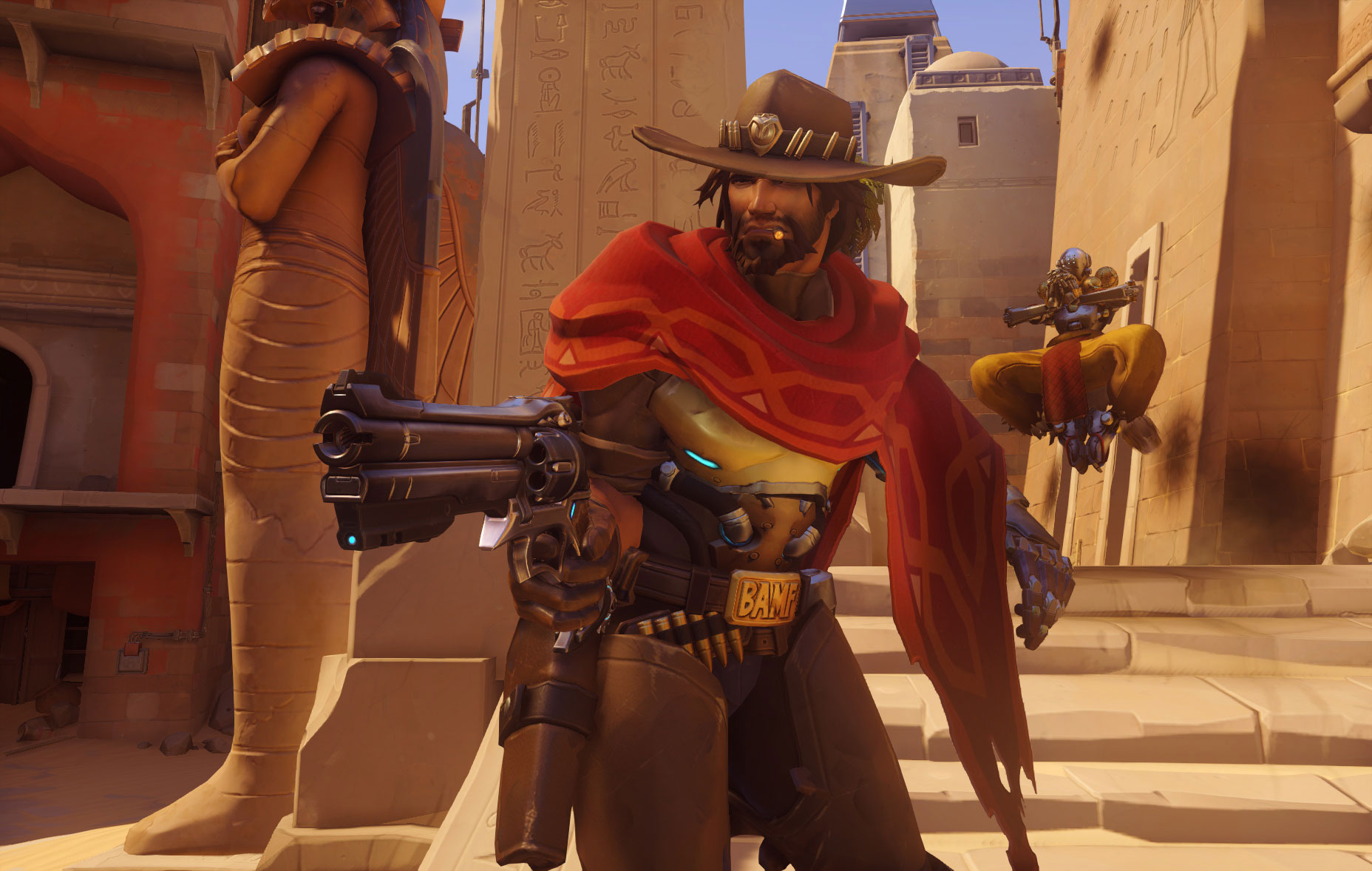
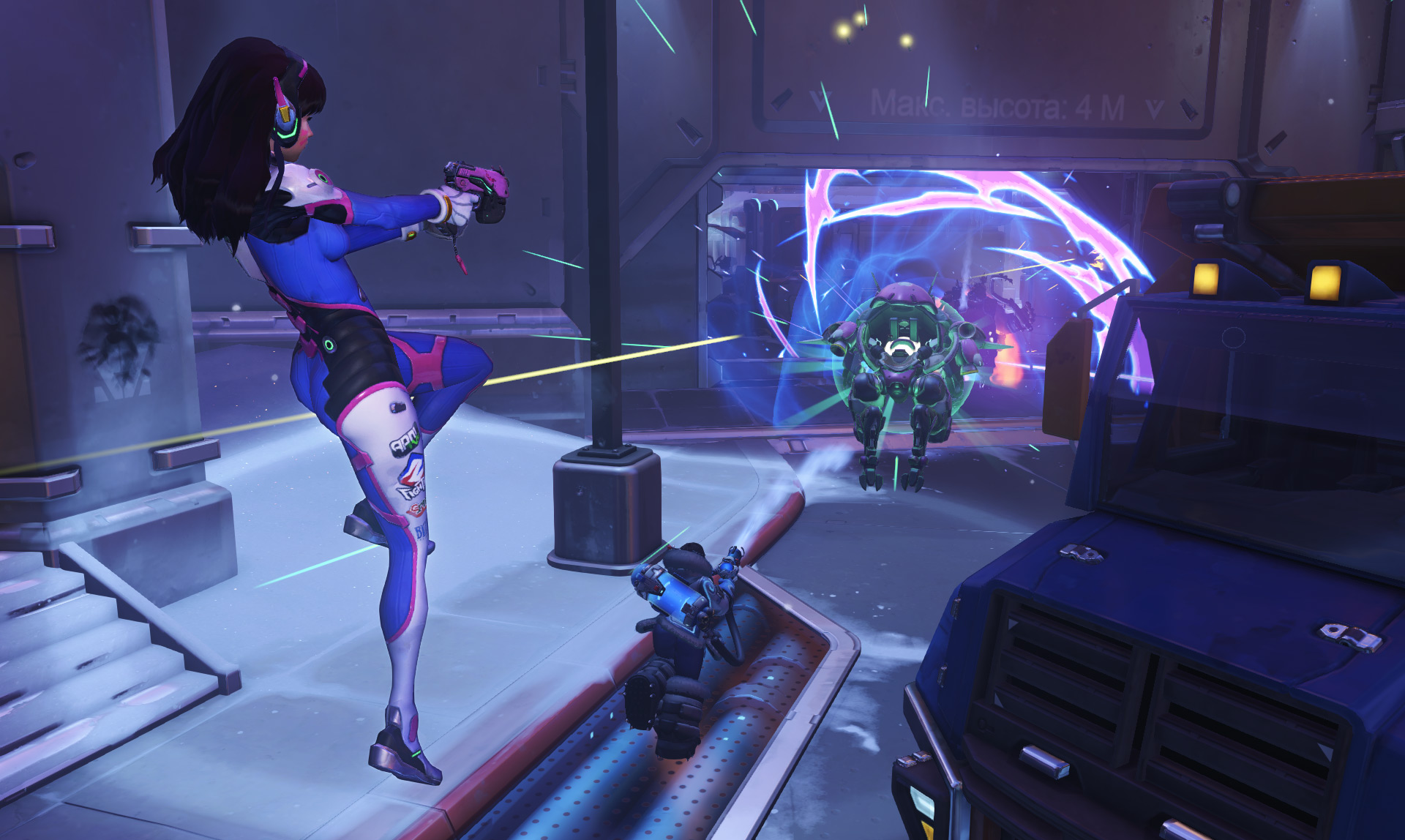
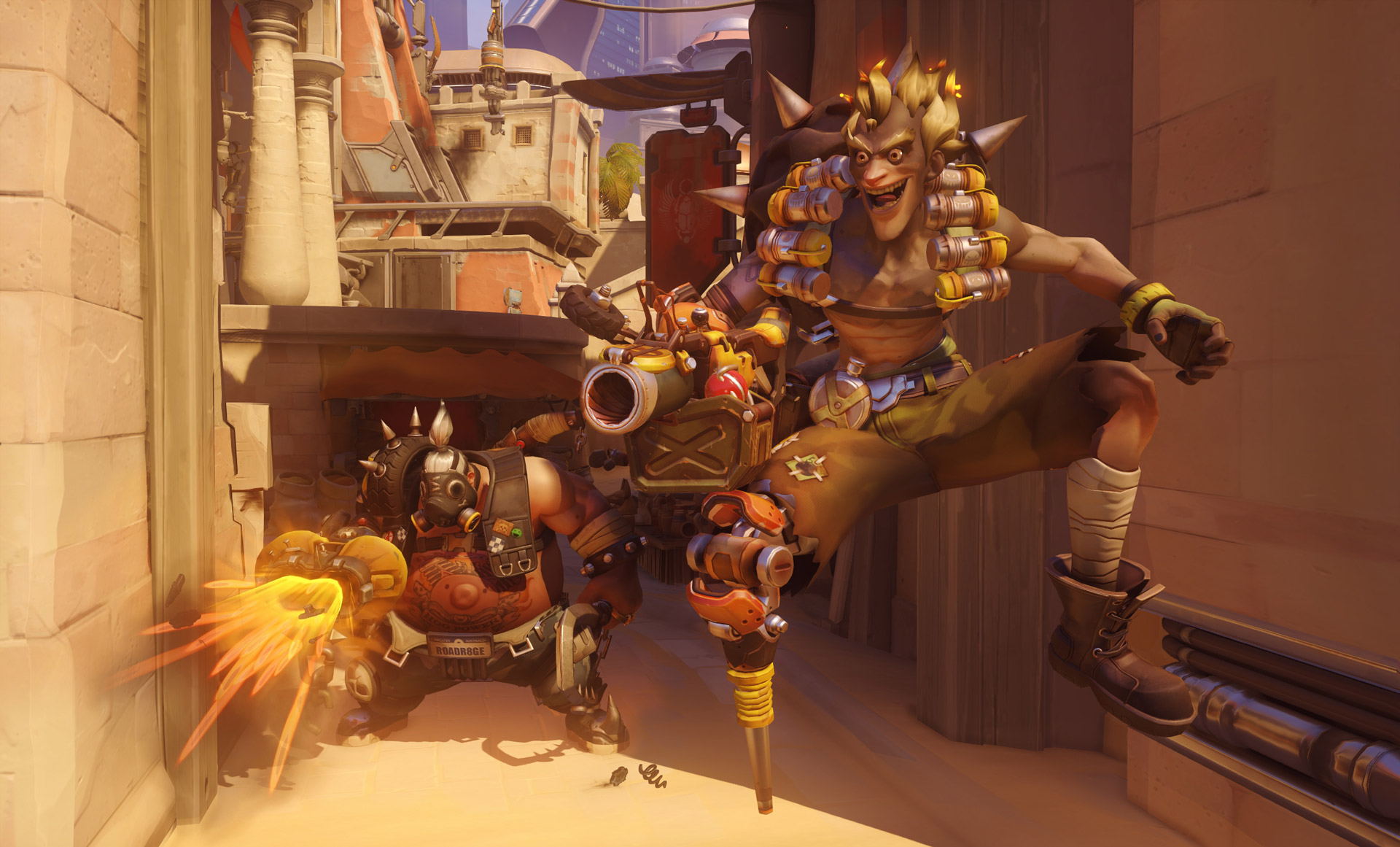

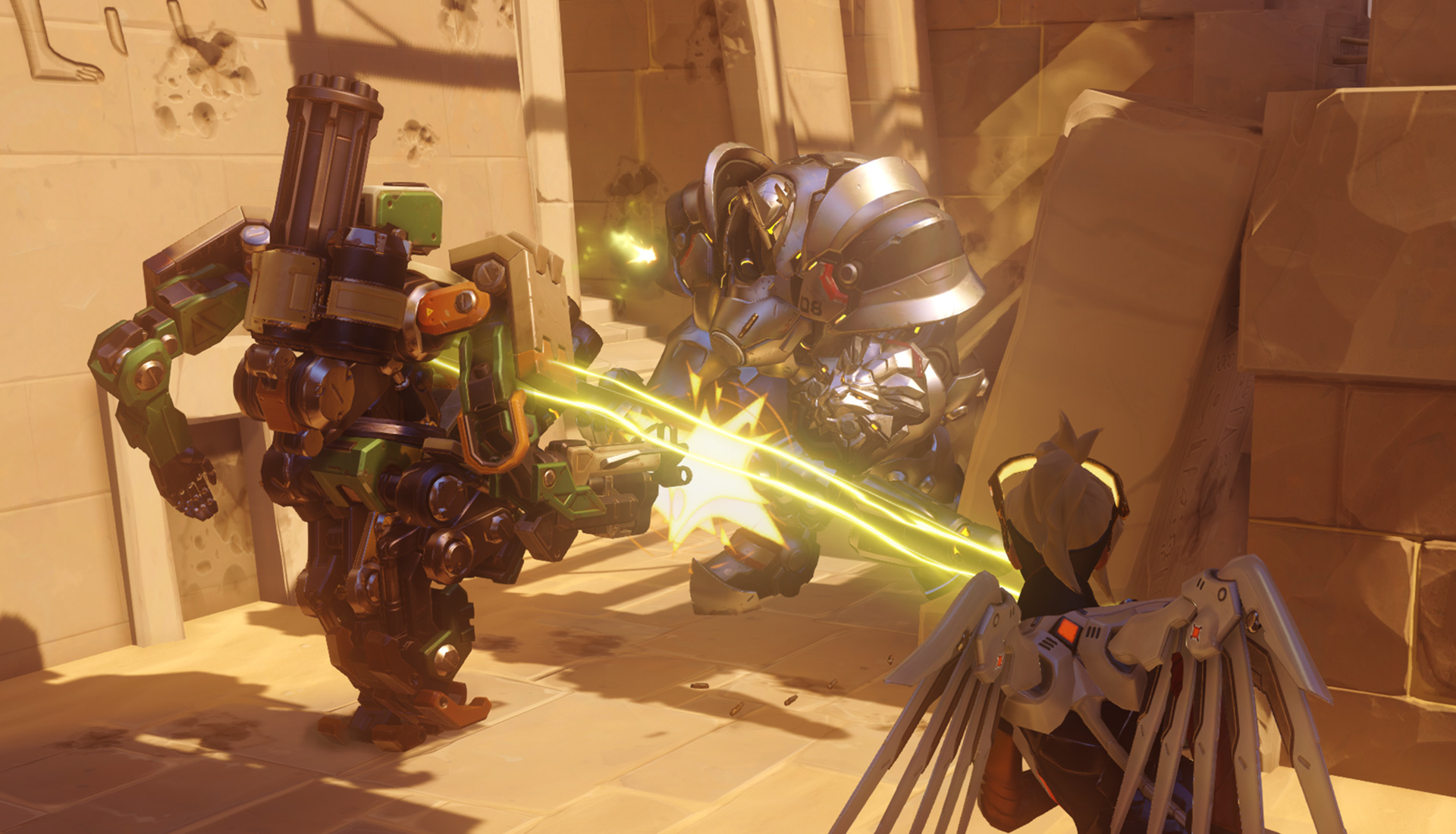
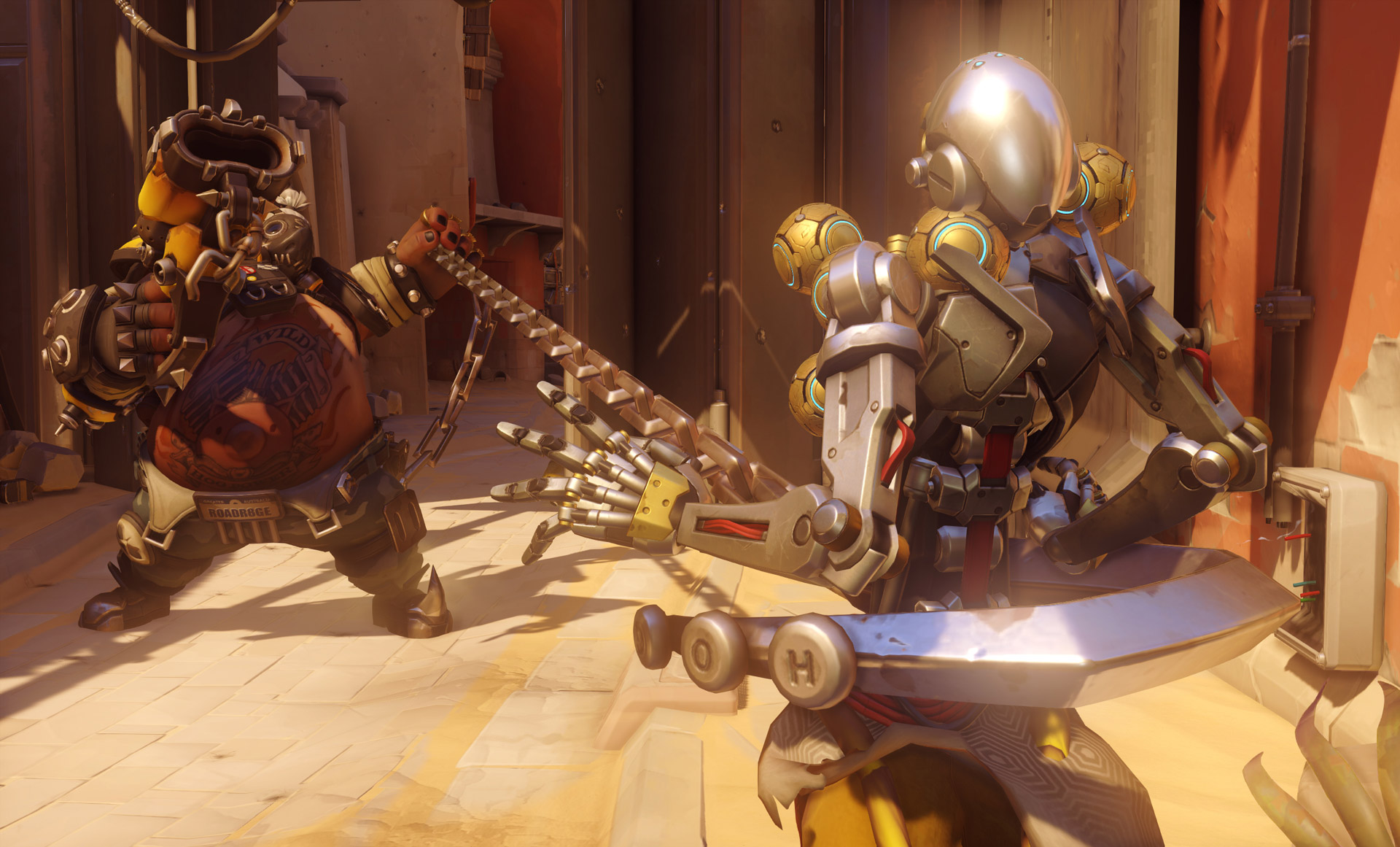
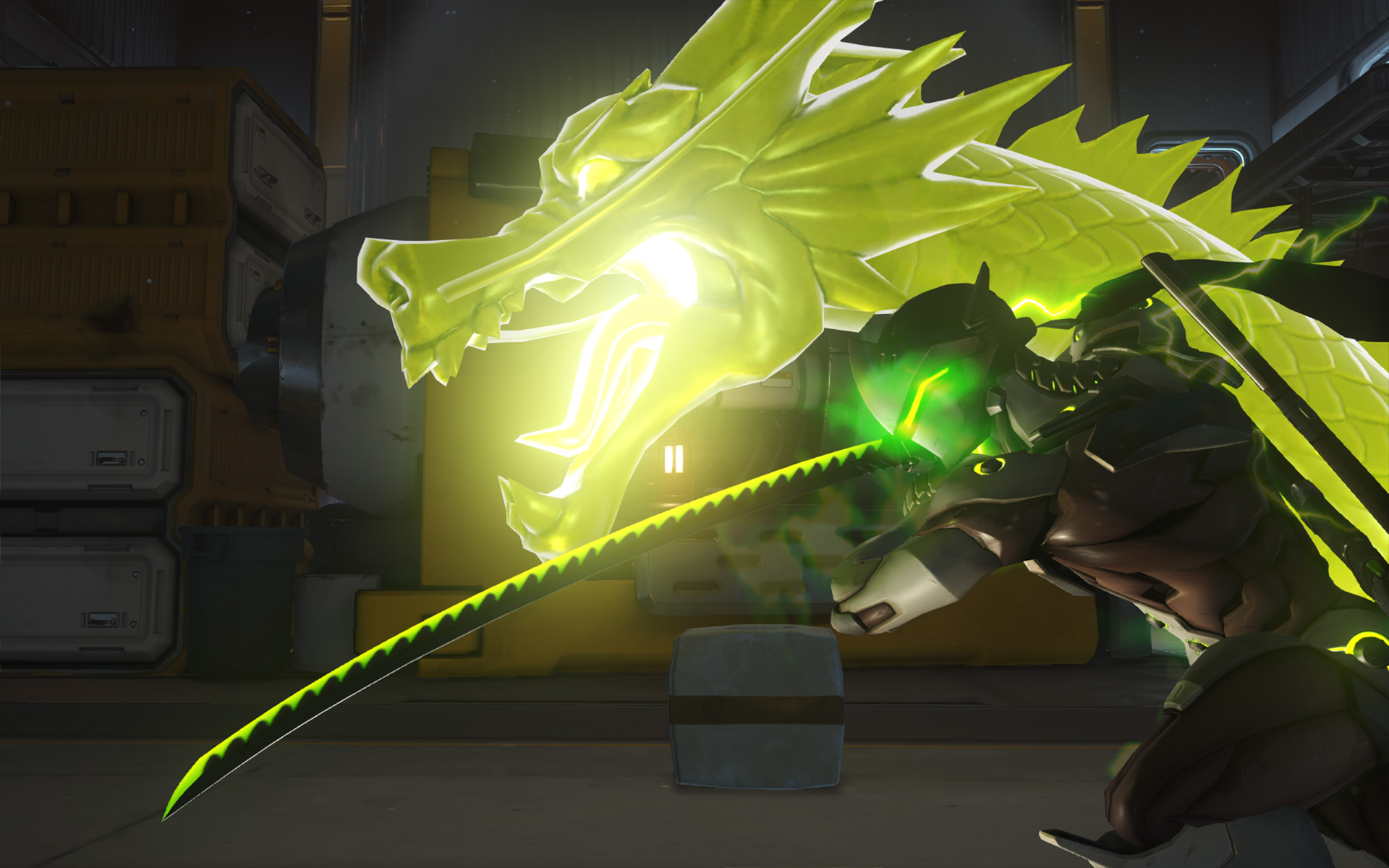
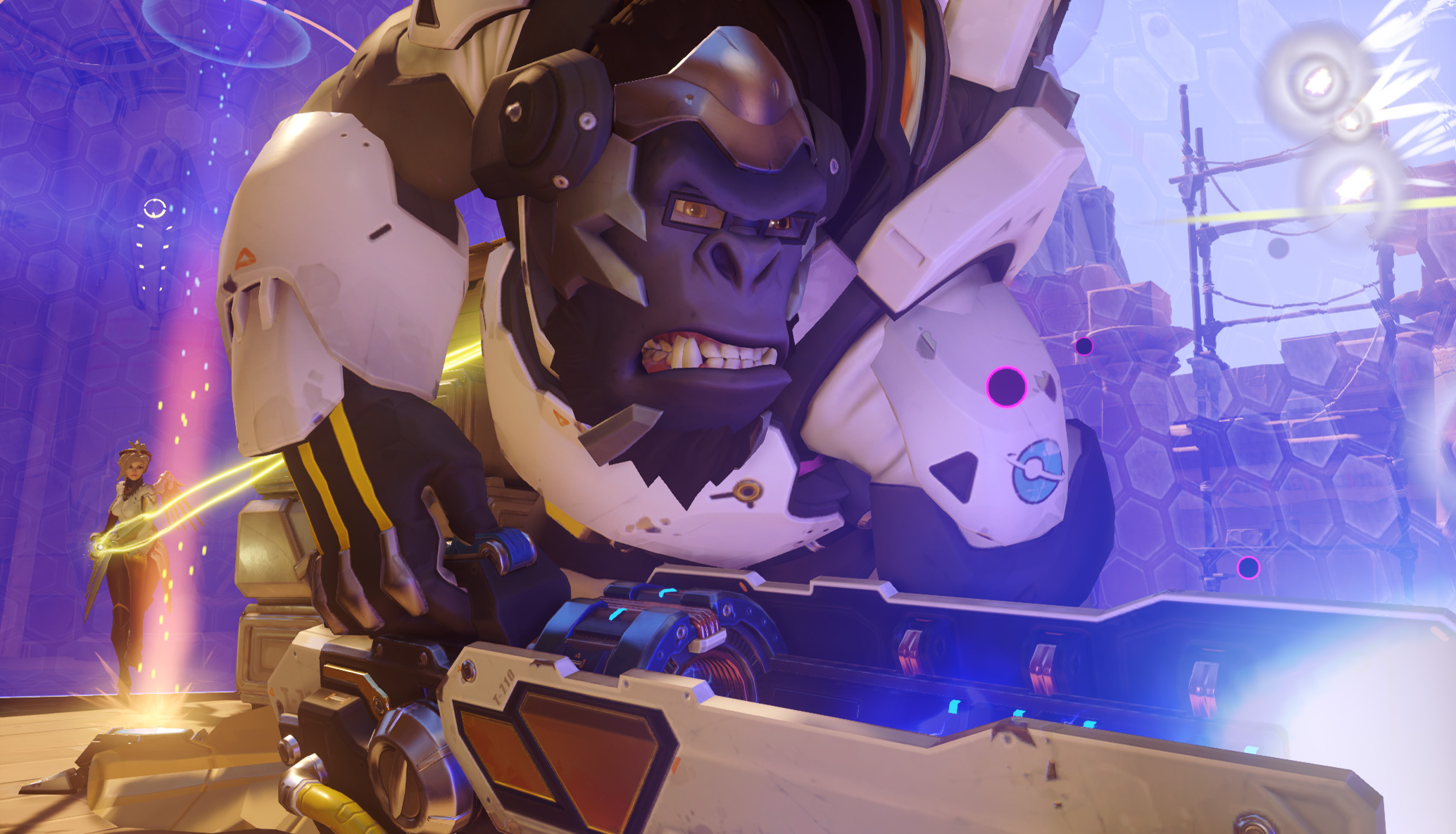
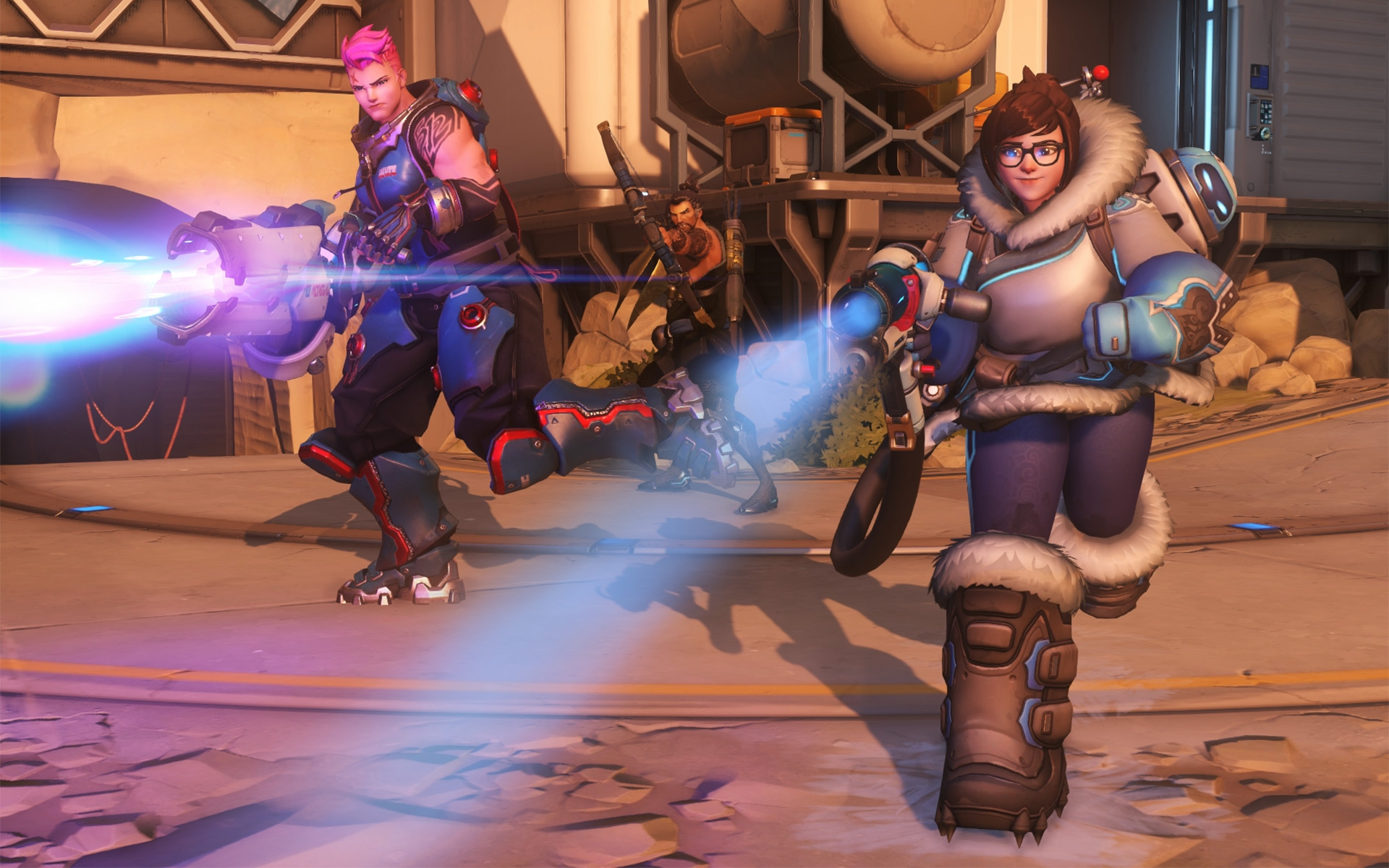
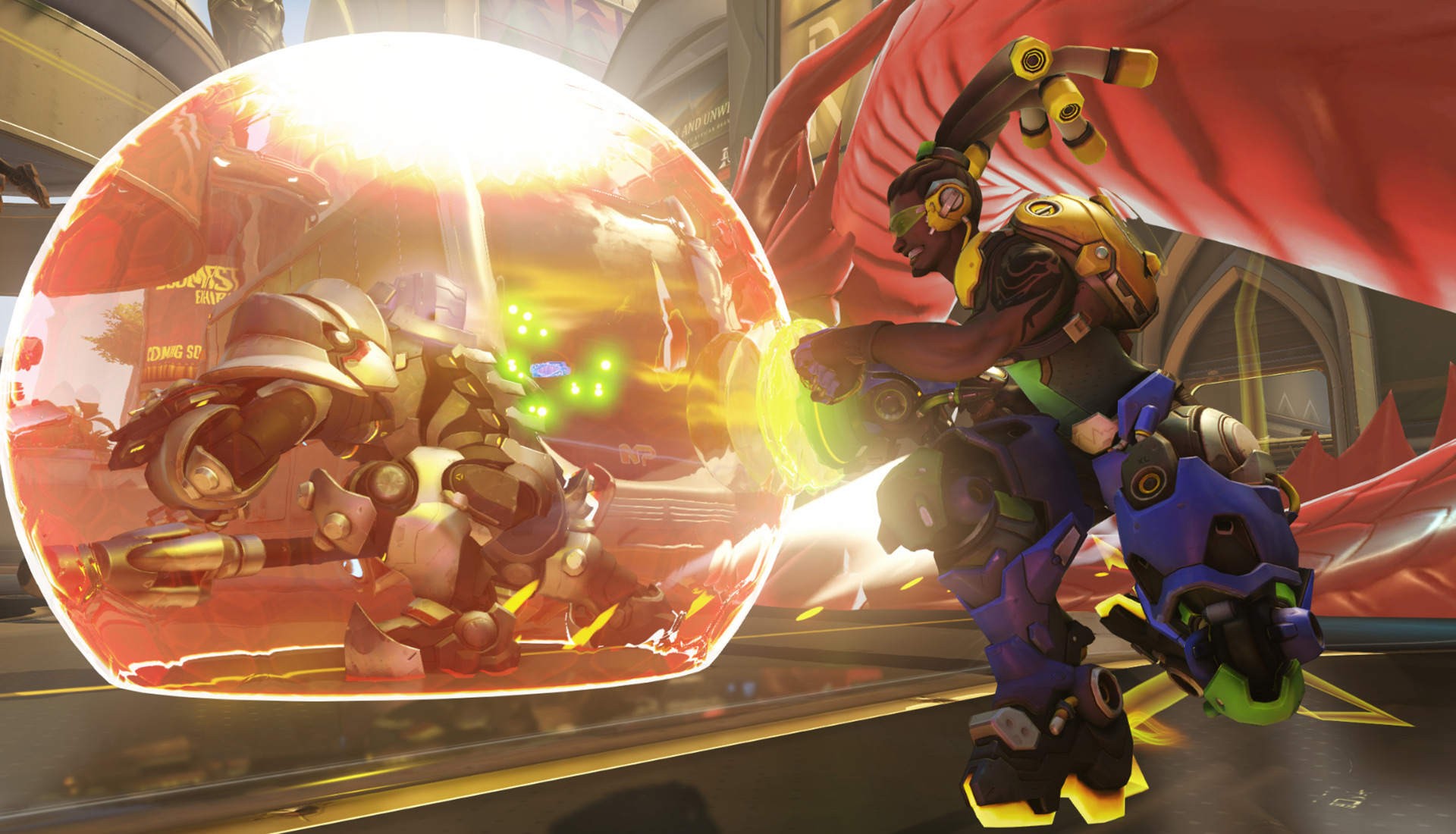
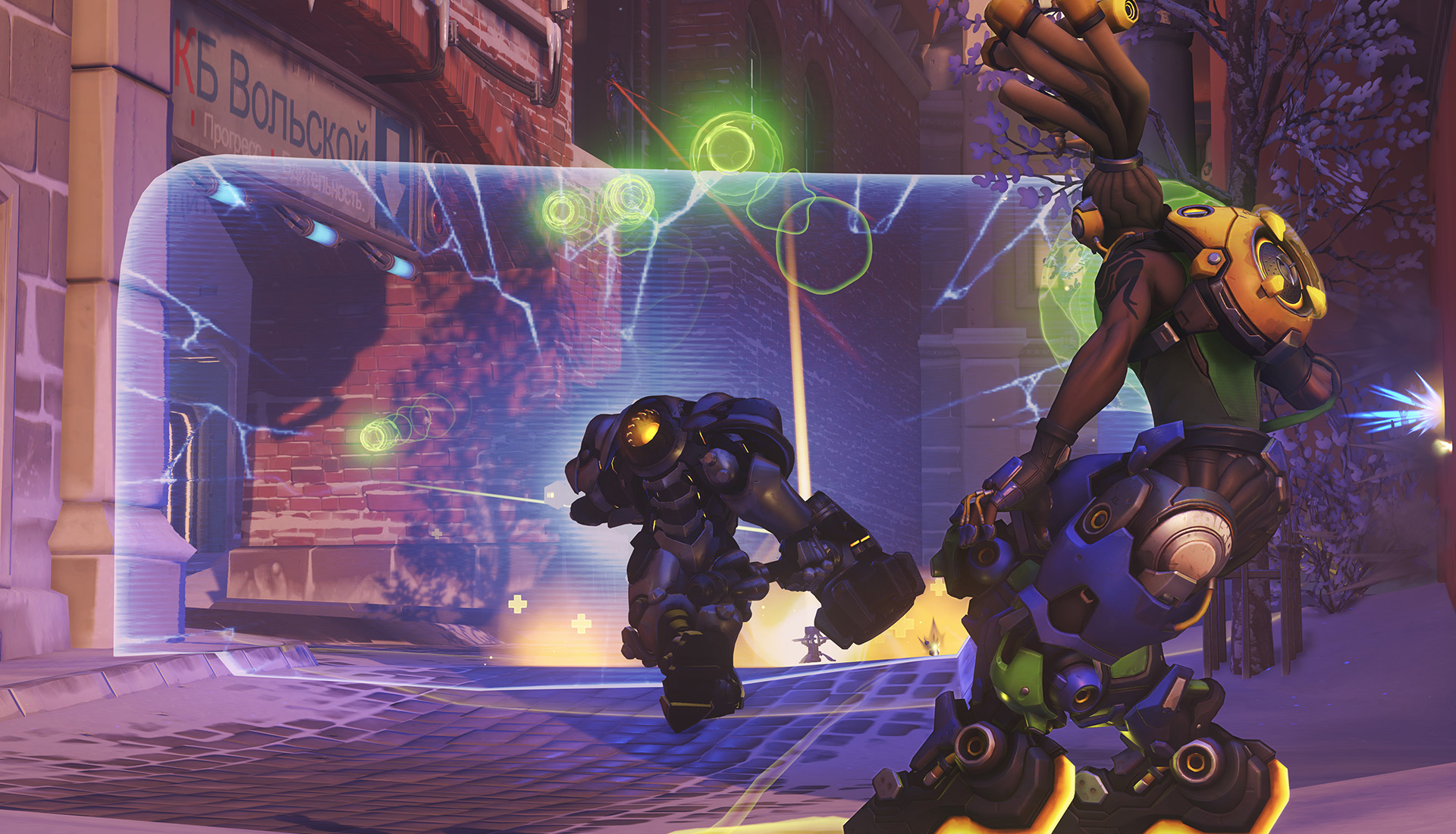
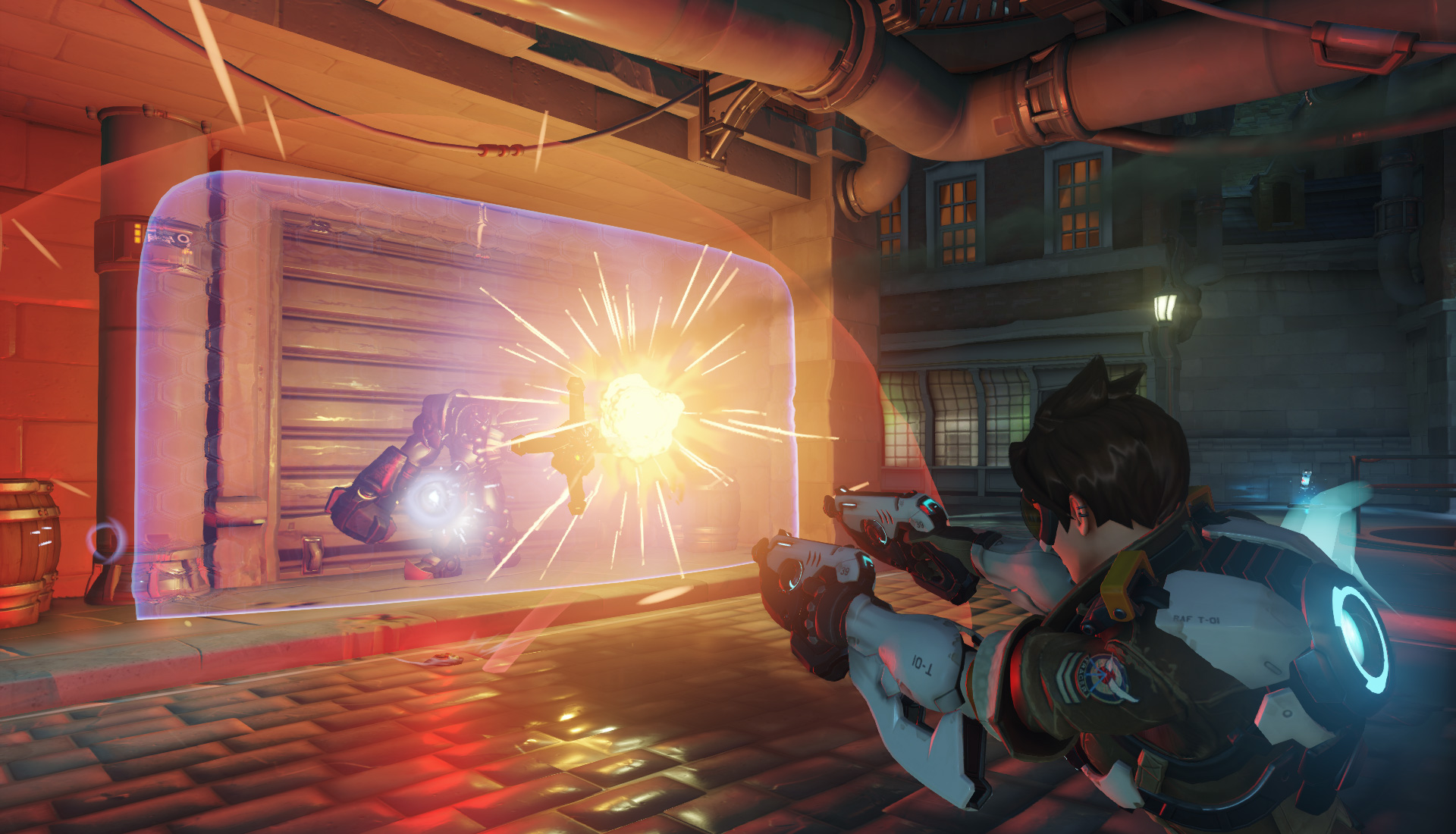

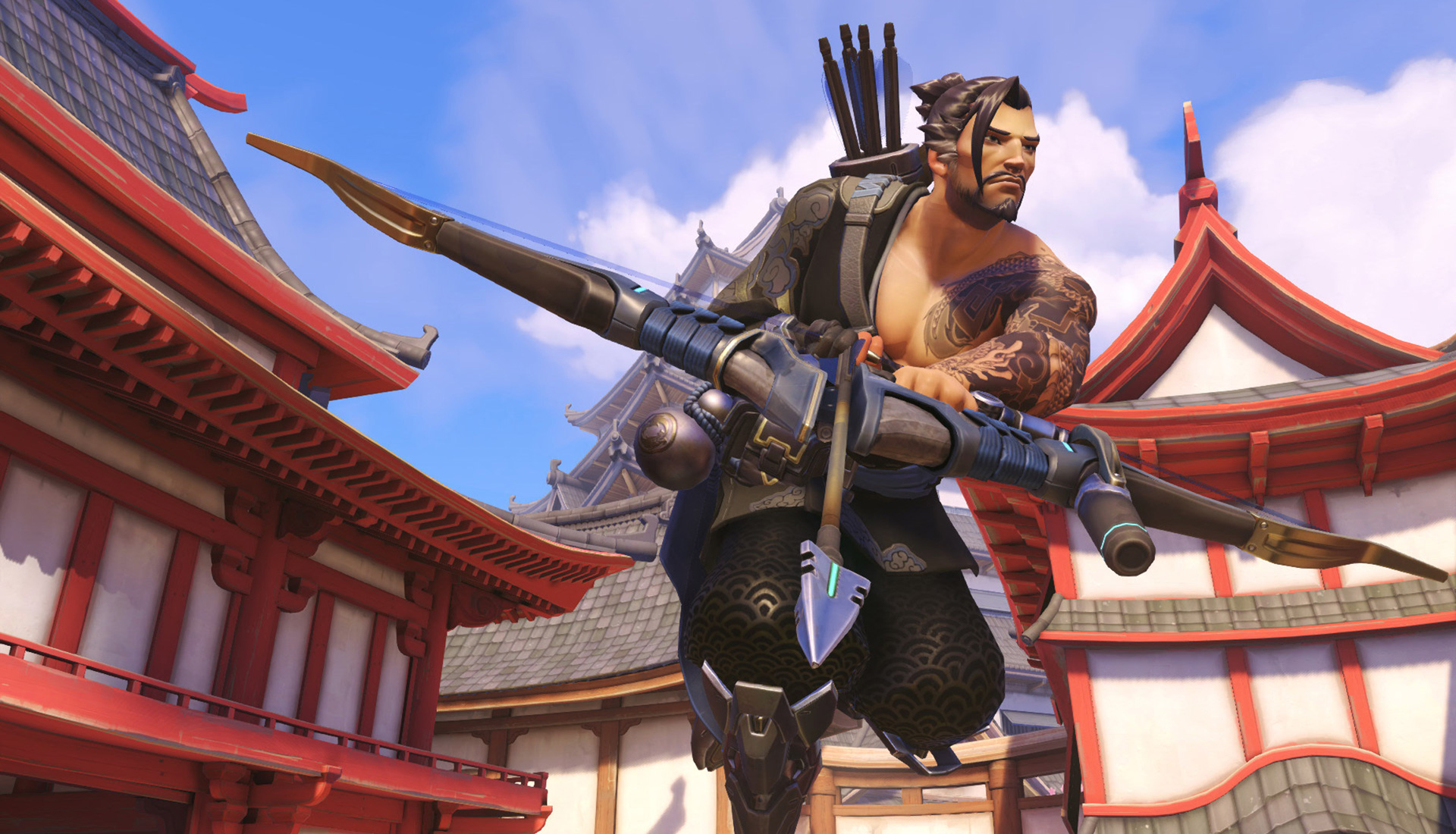

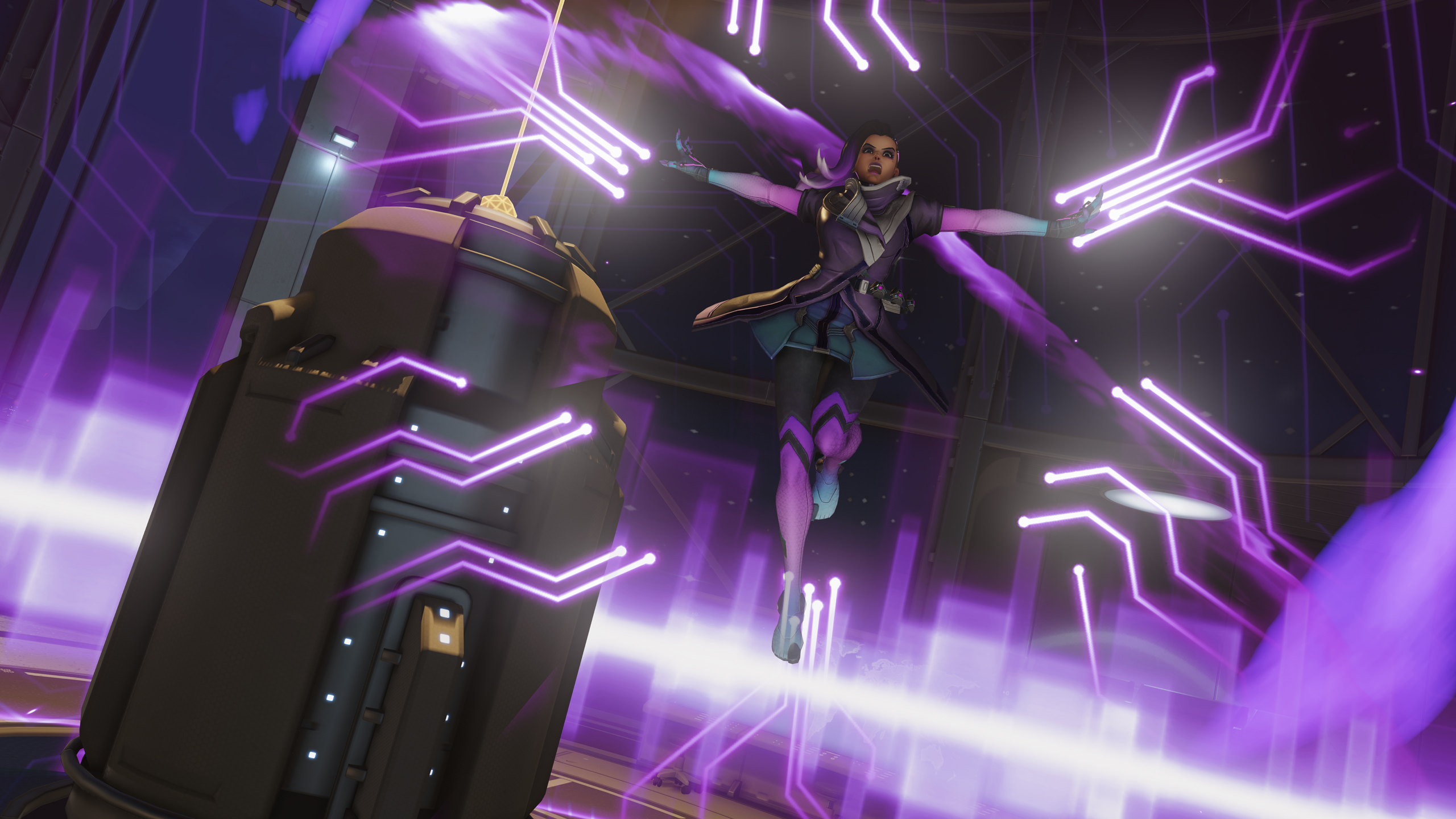
Overwatch (2016)
From zero to hero
System requirements: Windows 7, Intel Core i3, 4GB RAM, Nvidia GeForce GTX 460
From 2007 to 2014, Blizzard was working on a mysterious project known publicly as Project Titan. The followup to the success of World of Warcraft, Titan was to be another massively multiplayer online game, only this time a shooter set in a sci-fi realm. But in the seven years of Titan's development, the gaming landscape shifted significantly. As the popularity of WoW and other MMOs waned in favor of MOBAs like League of Legends and Blizzard's own Heroes of the Storm, there seemed less and less need for "another Blizzard MMO." After seven years of development, including a reported overhaul in 2013, Titan was officially cancelled in September of 2014.
From the ashes of Titan, Overwatch was born. But while Overwatch shares similarities to Titan's sci-fi setting, Overwatch as a project was built from the ground up. With the success of Heroes of the Storm and Hearthstone, the Blizzard formula had been made quite clear: take a genre, distill it to a form that is widely accessible, and outfit it with "Blizzard charm." Overwatch falls in that vein perfectly. Colorful characters, accessible gameplay but competitive depth, and downright fun.
Jeremy Craig, designer for Overwatch, and Aaron Keller, game director for Overwatch
JC: "I think it was the first time we had a prototype Tracer, essentially, and doing her recall. The synergy of her abilities just felt kind of magical... The way that she moves around just doesn't feel like the games that we had been playing up to that point. So that was where we were like "Okay, we have something here." There's some sort of magic between an ability being as important as the weapon, and the synergy between all of that. That was super special."
AK: “One of the team members, their wife was from England and she voiced the original Tracer, she did the temp one. And we all fell in love with her voice.”
JC: "She became a hero right then. There was no story or anything, it was just that.”
AK: "One of the things we did early on in the project is we focused really really hard on the scale of maps and the scale of spaces. We really wanted combat to feel good, and the closer you are to the person you're shooting at, a lot of the times the better it can feel. And so we came up with the size of spaces that we thought combat felt the best in, and it was pretty tight spaces actually."
JC: “It was 8v8 for awhile when we were playing internally, and it kind of got too chaotic. It's already a game that has a lot going on, and there was just some point on 8v8 with 16 people on the map fighting in some of these spaces, because the maps were the same—the size we are right now allows you to have a skirmish independent of the bigger battle sometimes, and it wasn't happening before.”
AK: "We actually tried a lot of things early on where there was more than one objective open at a time, but what we found was that we really liked when a team came together and all of the heroes different abilities played off of each other. It became this very strategic engagement when you were fighting over one, singular objective... We had things where early on in King's Row, while you were pushing the payload, you'd be able to capture other areas to unlock forward spawn rooms for the attackers. But what we found is that the players didn't really know what they were supposed to be doing at any one time. So some parts of your team would be over there capturing this objective while the rest of your team is pushing the payload, but you're getting slaughtered because the defense didn't split up, and it became too much for people to try to handle all at one time."

Wes has been covering games and hardware for more than 10 years, first at tech sites like The Wirecutter and Tested before joining the PC Gamer team in 2014. Wes plays a little bit of everything, but he'll always jump at the chance to cover emulation and Japanese games.
When he's not obsessively optimizing and re-optimizing a tangle of conveyor belts in Satisfactory (it's really becoming a problem), he's probably playing a 20-year-old Final Fantasy or some opaque ASCII roguelike. With a focus on writing and editing features, he seeks out personal stories and in-depth histories from the corners of PC gaming and its niche communities. 50% pizza by volume (deep dish, to be specific).

